Q+A with the creative director Azhar Abrahams
How did you conceptualise this project?
In June of last year, Asa Sadan released their new collection and showcased their store window at AKJP Studio in Kloof. During that time, I found myself engaged in a conversation with a few friends about the possibility of attending Sole DXB later that year. While discussing this, I couldn’t help but reflect on the growing creative connections between Cape Town and Dubai. It was around this time that Luke Doman had just photographed the cover for Yung magazine, further solidifying the bond between the two cities.
Inspired by these creative bonds, I had the idea of conducting a photoshoot in Dubai to celebrate these connections. From that moment, I embarked on a six-month ideation process, brainstorming and refining ideas on how to bring this shoot to life. It was a new experience for me, as I had never produced or directed a shoot before. Fortunately, during my previous trip to Dubai in 2019, I had established connections with other creatives in the city. This gave me confidence that I could assemble a talented team for the shoot. I discussed the idea with Bilal, and he enthusiastically supported it right from the beginning.
What were the creative considerations you undertook in bringing this together?
Azhar: The goal was to expand the reach of the respective local communities and open up access beyond borders for those who seek to follow suit. Asa Sadan, one of the newest luxury labels from Cape Town, served as the focal point of the shoot, aiming to grow its audience beyond South Africa’s borders. Considering the brand’s cultural heritage, it was important to celebrate it through the choice of styling. When styling each model, I took into account their personal style to determine suitable garments and modest styling approaches.
The project took place at the Al Fahidi Historical Neighbourhood, located along the Dubai creek. This district is a significant heritage site where the original infrastructure has been remarkably preserved. The traditional wind towers, constructed from sandstone, teak, gypsum, palm wood, and sandalwood, exude warm colours that complemented the garments. Additionally, they helped create a sense of community, which I deemed important to capture in order to foster a sense of community.
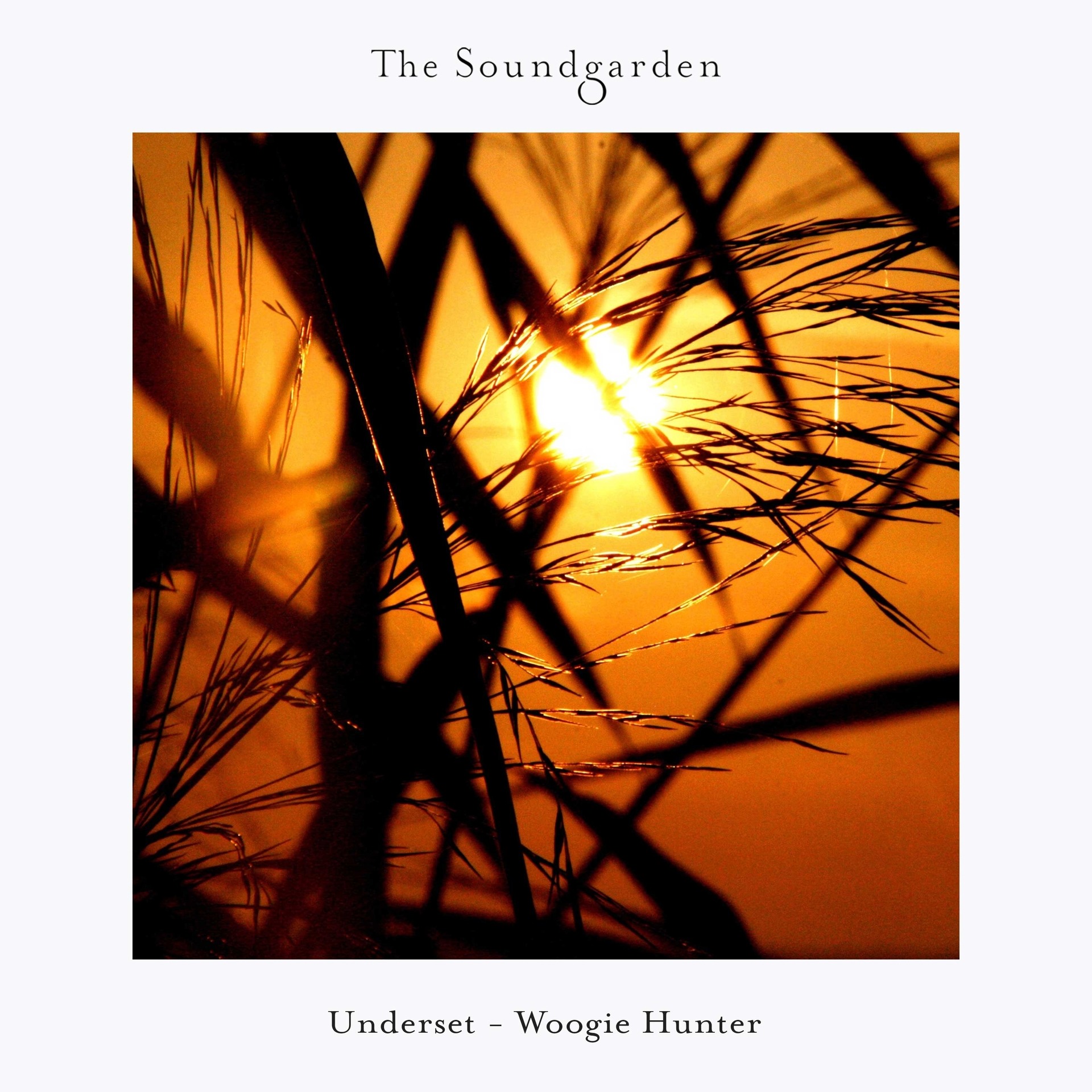

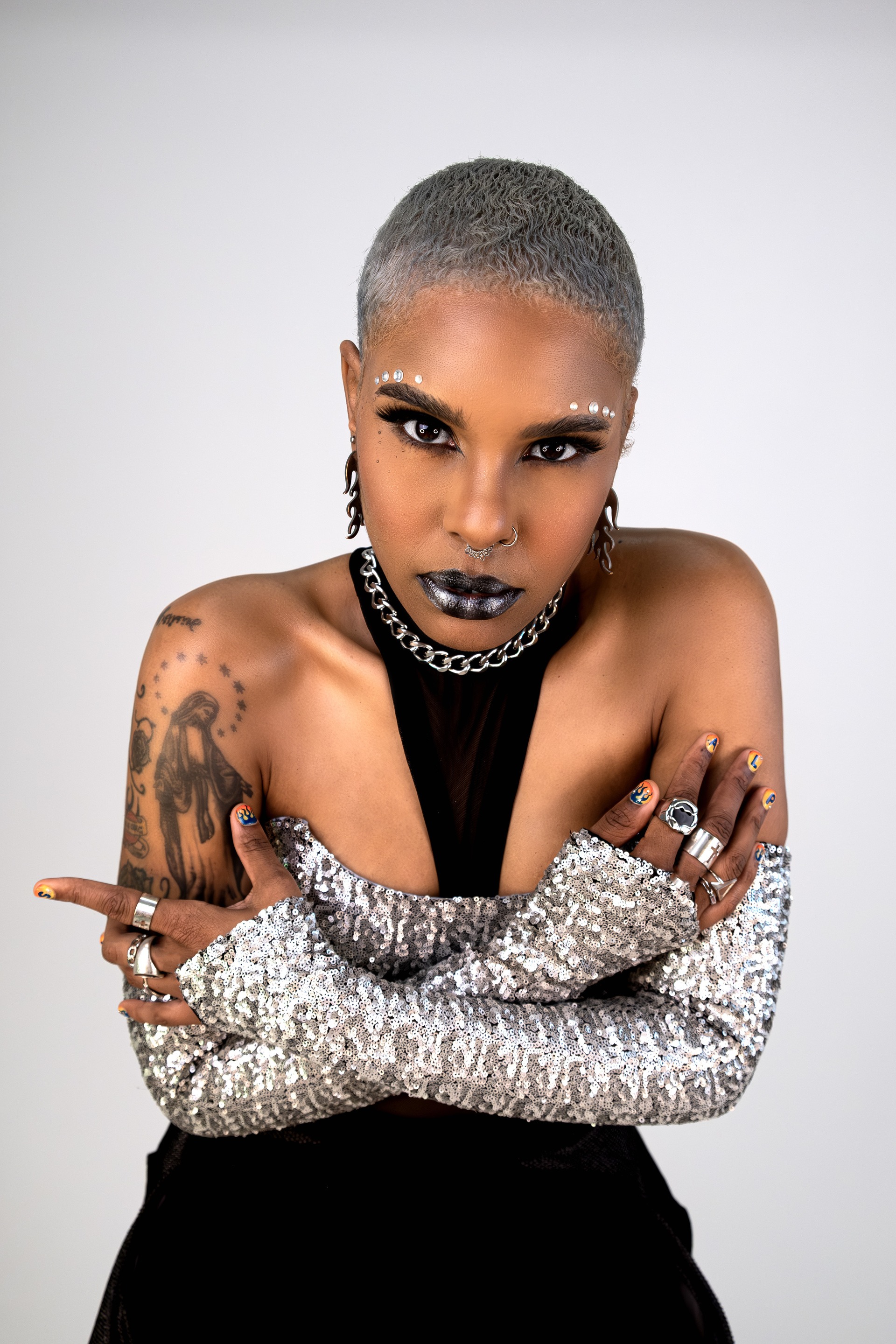
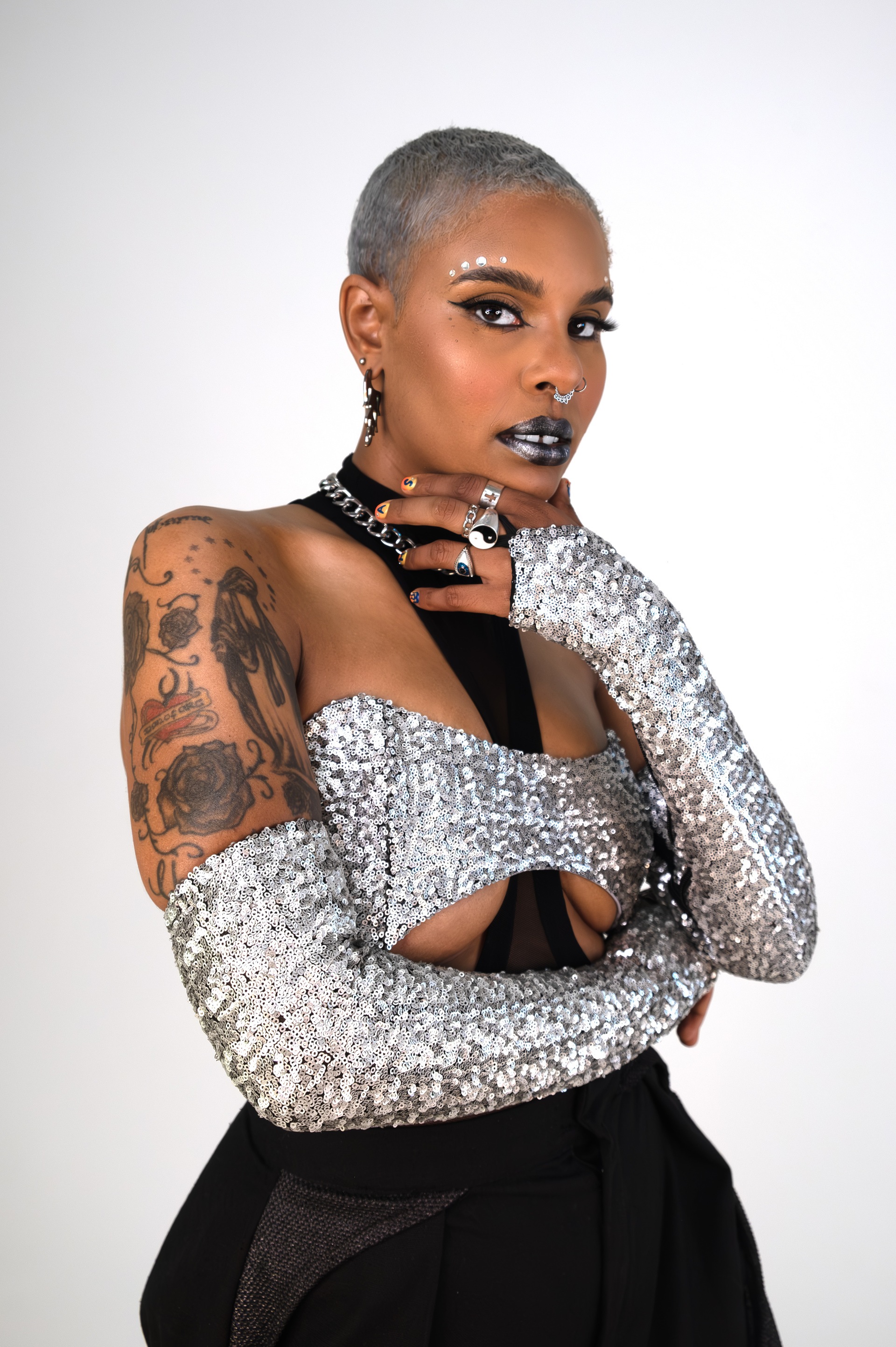
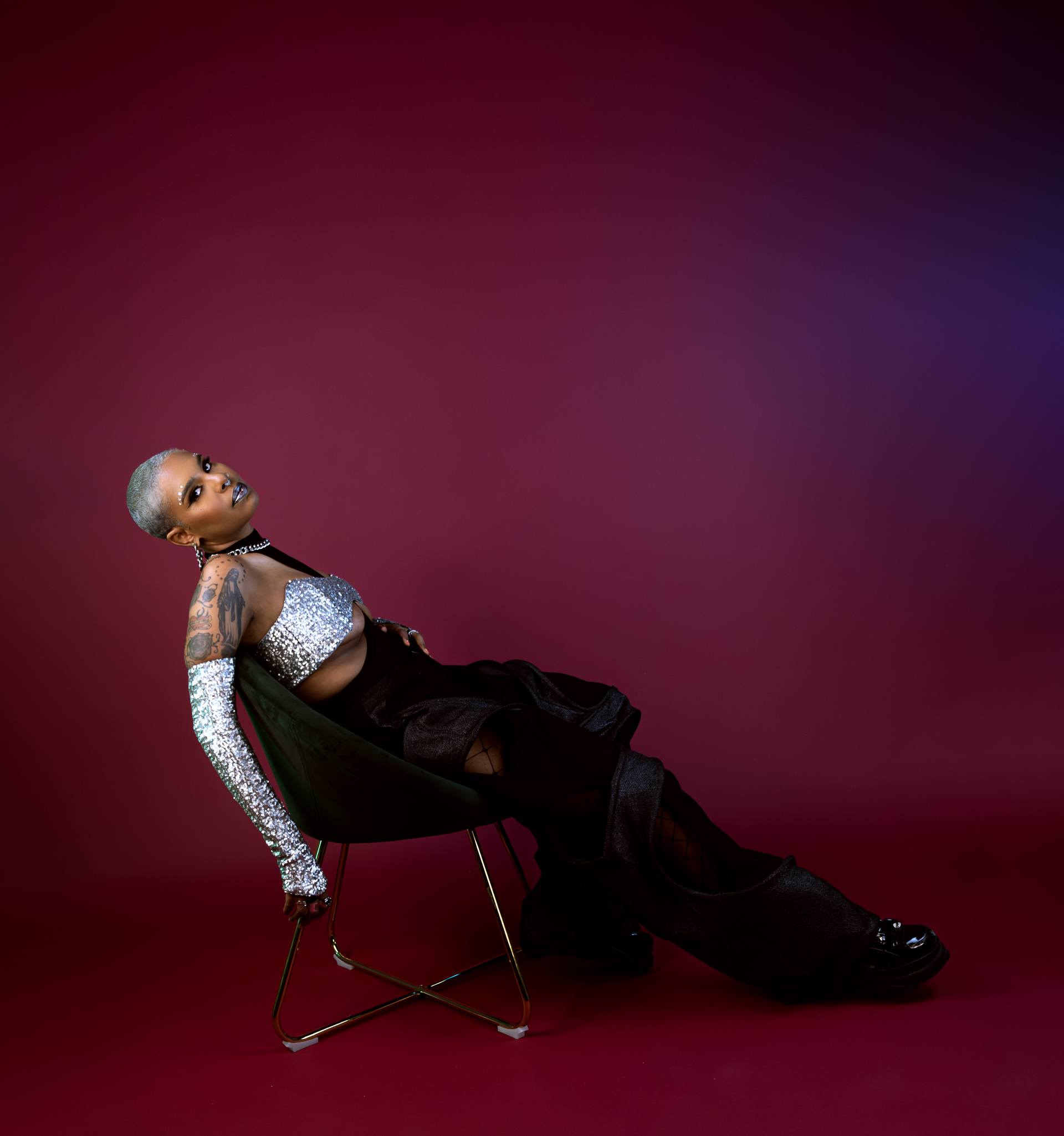
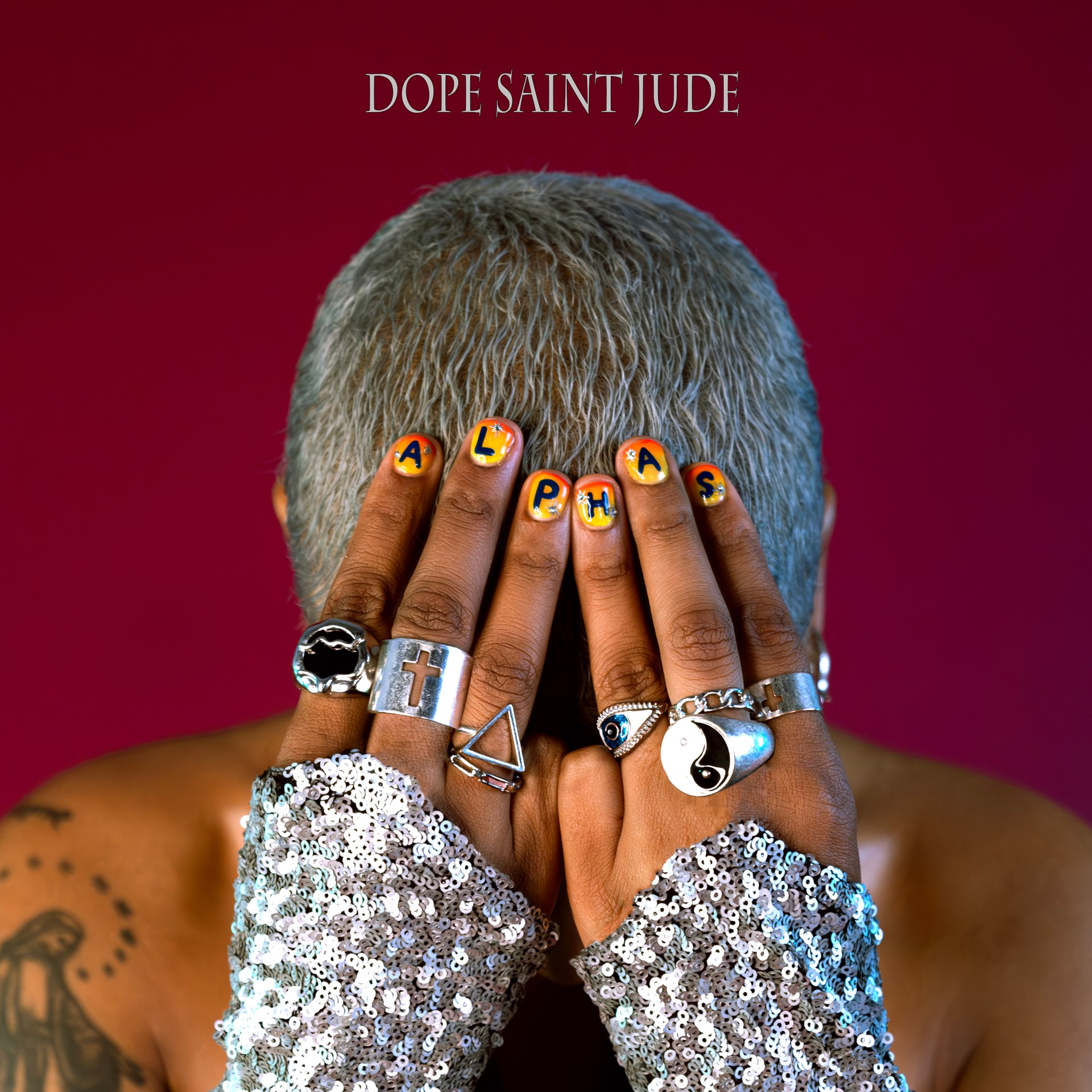
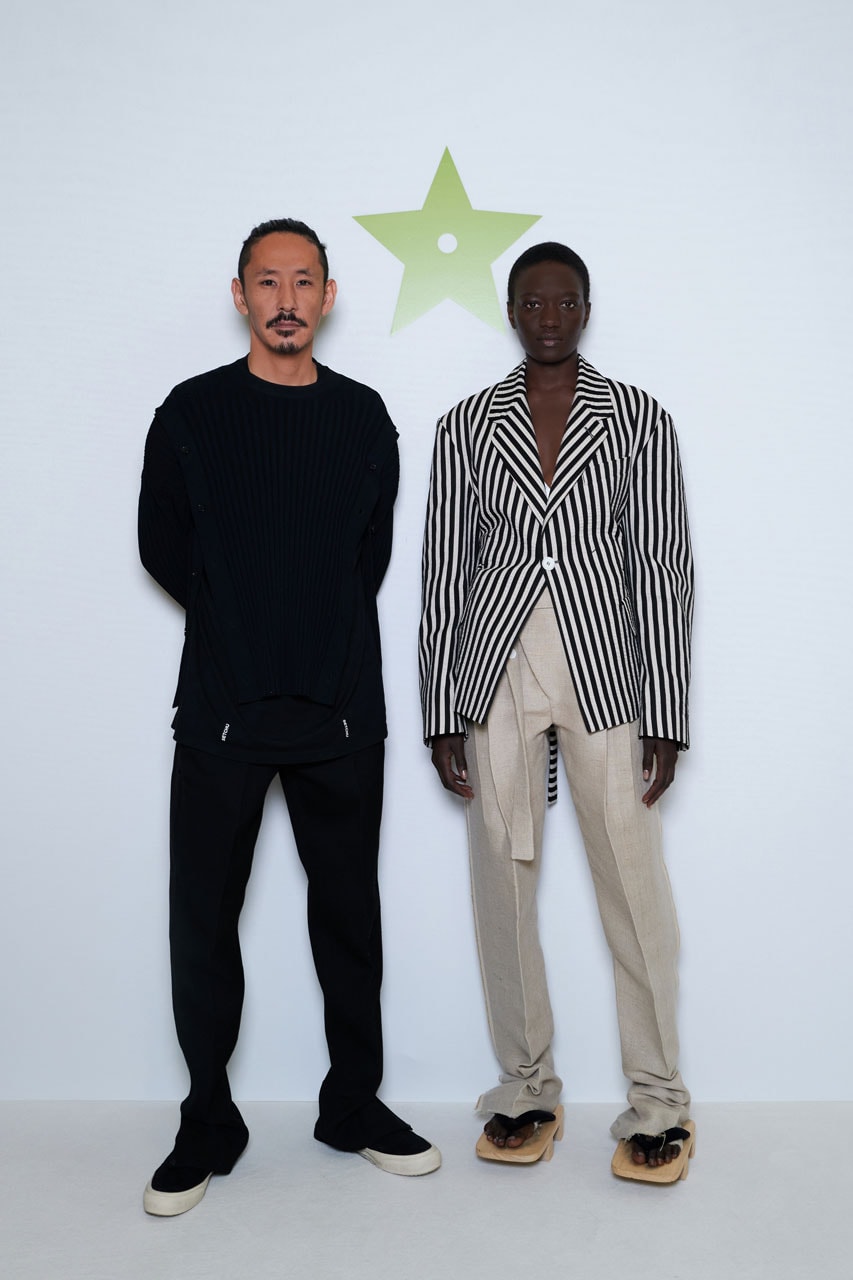
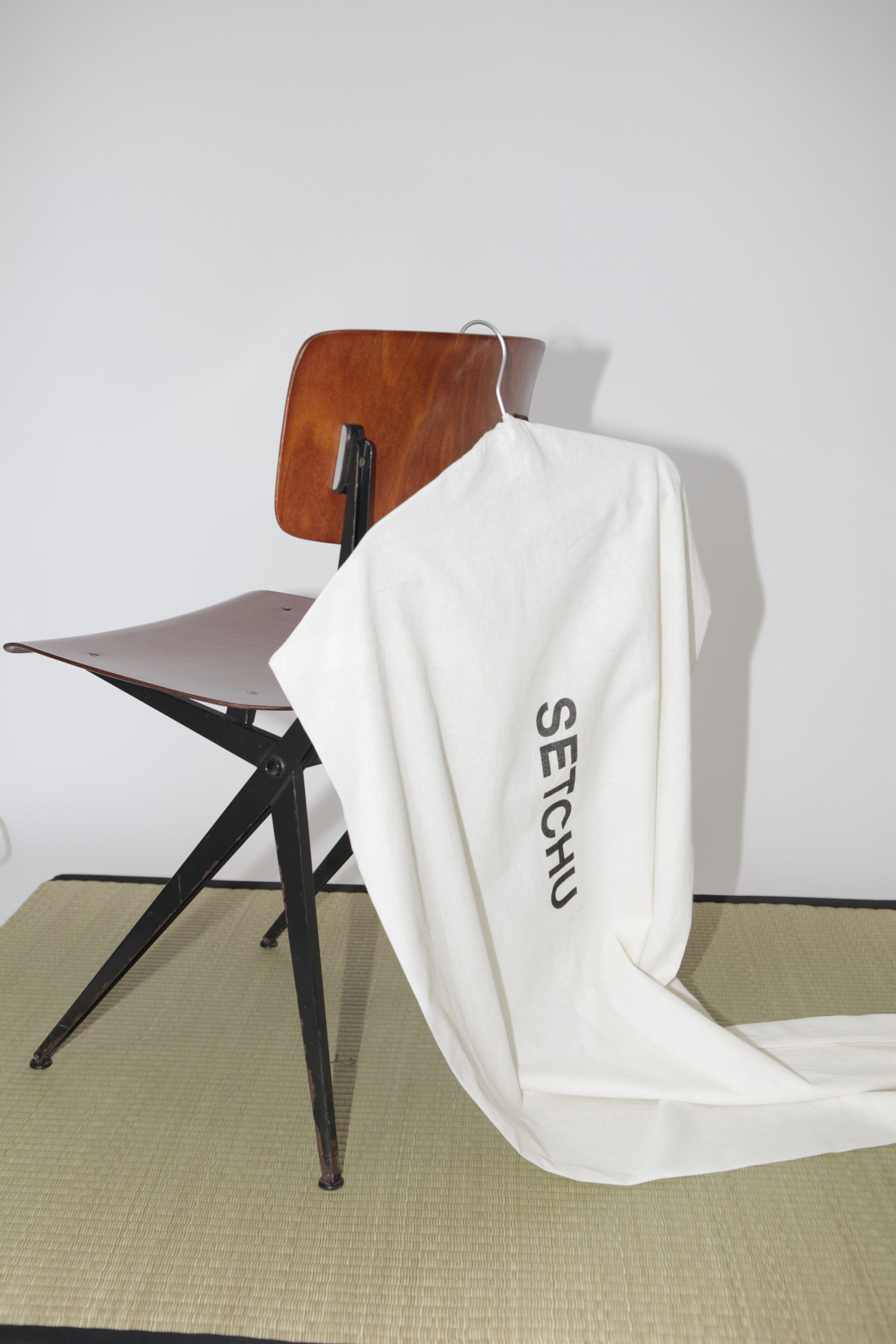

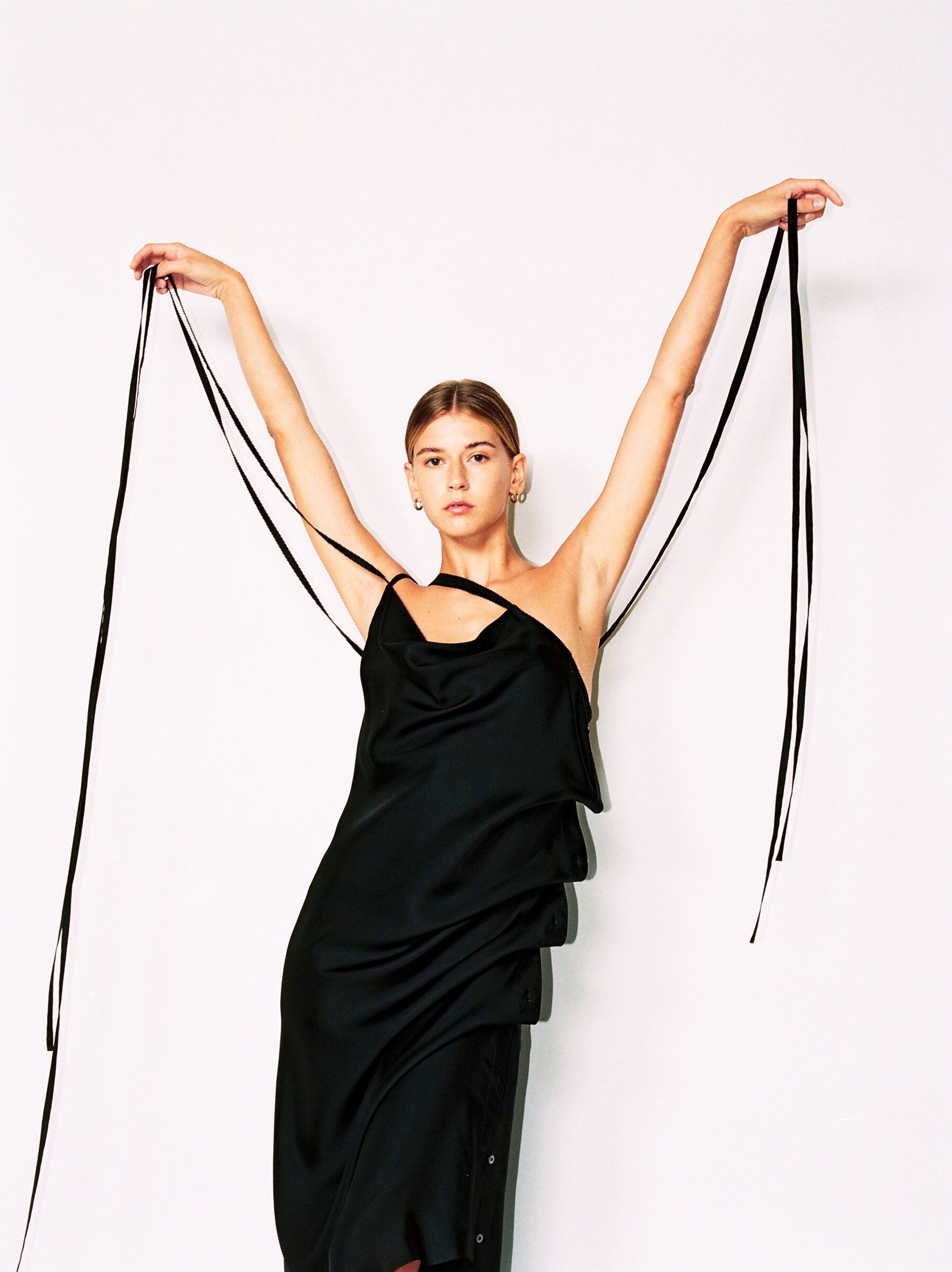
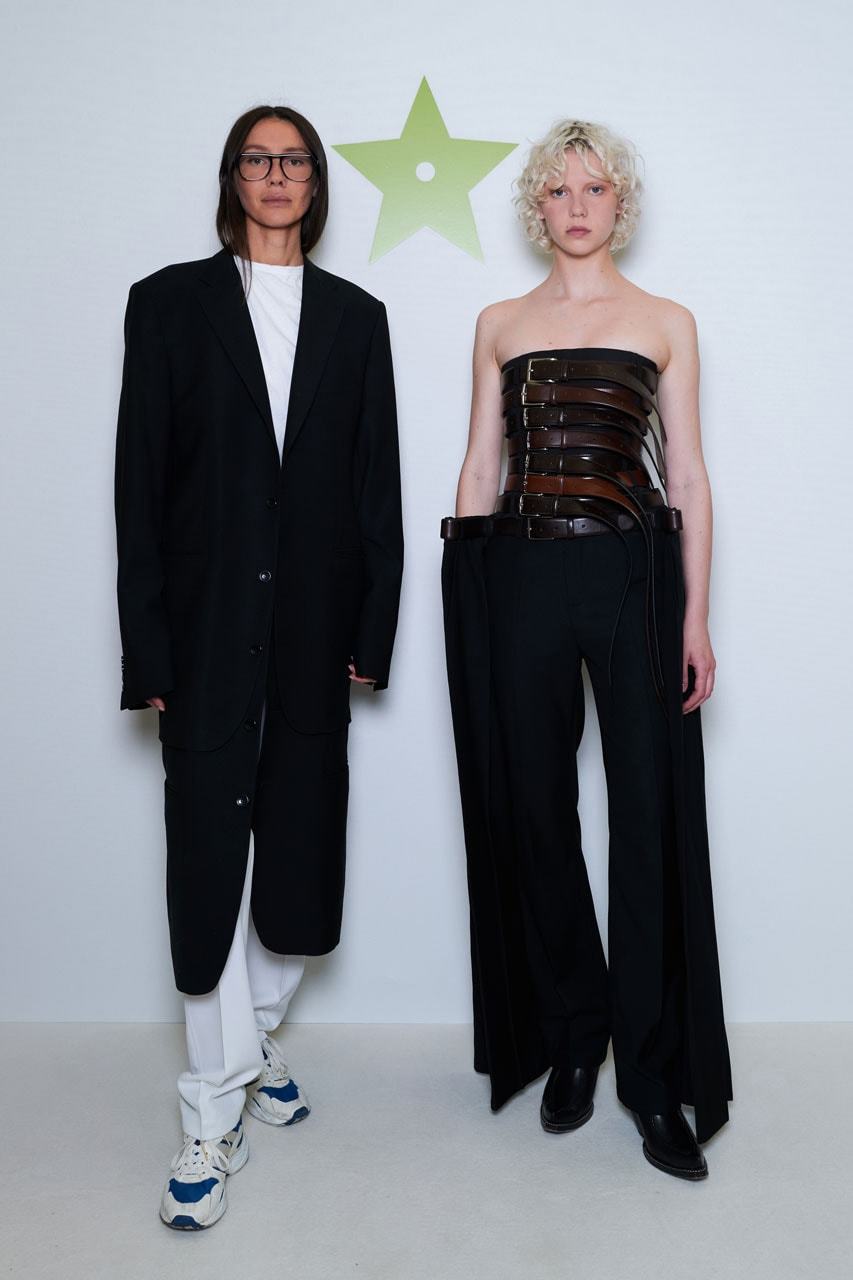
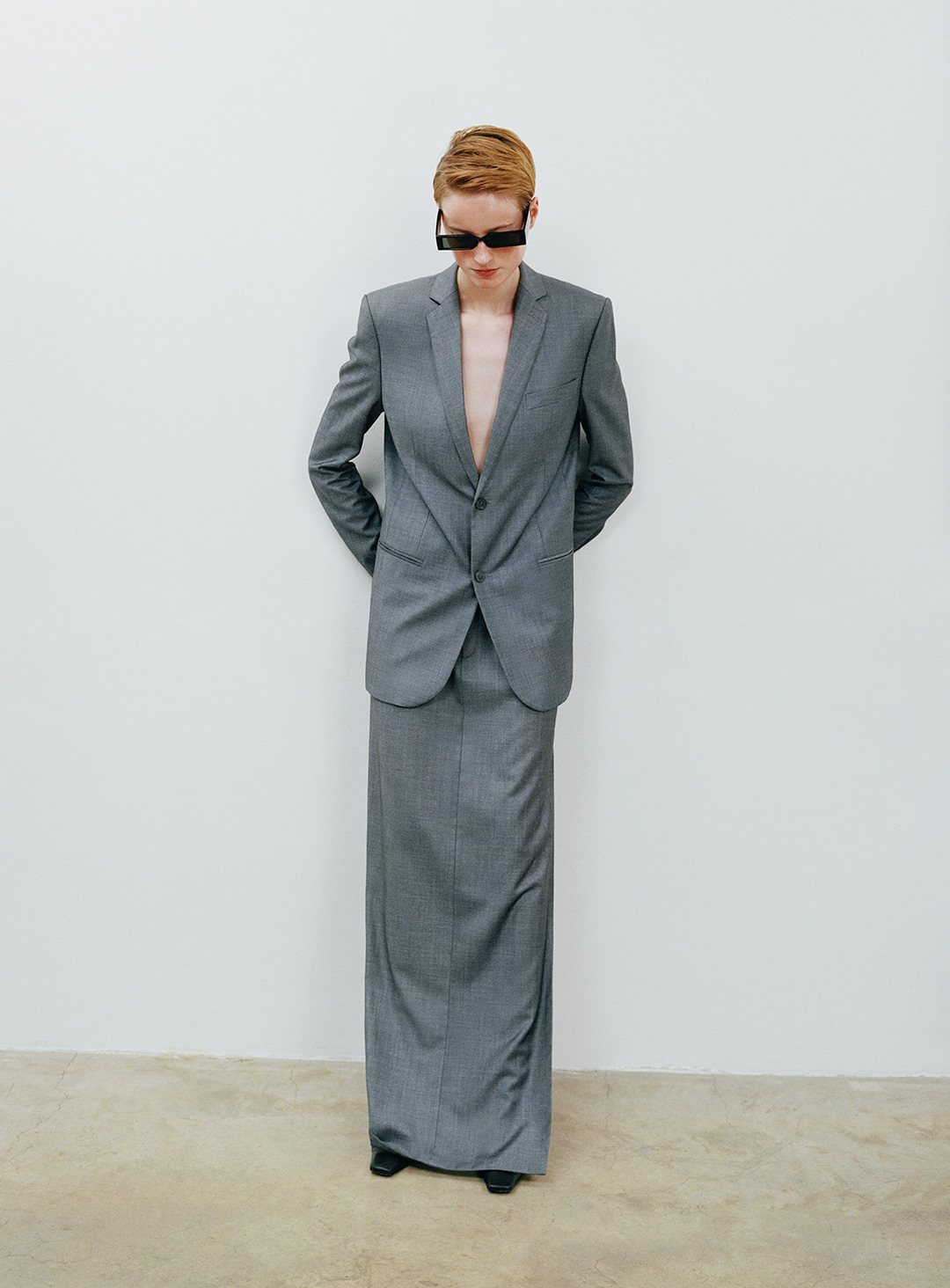
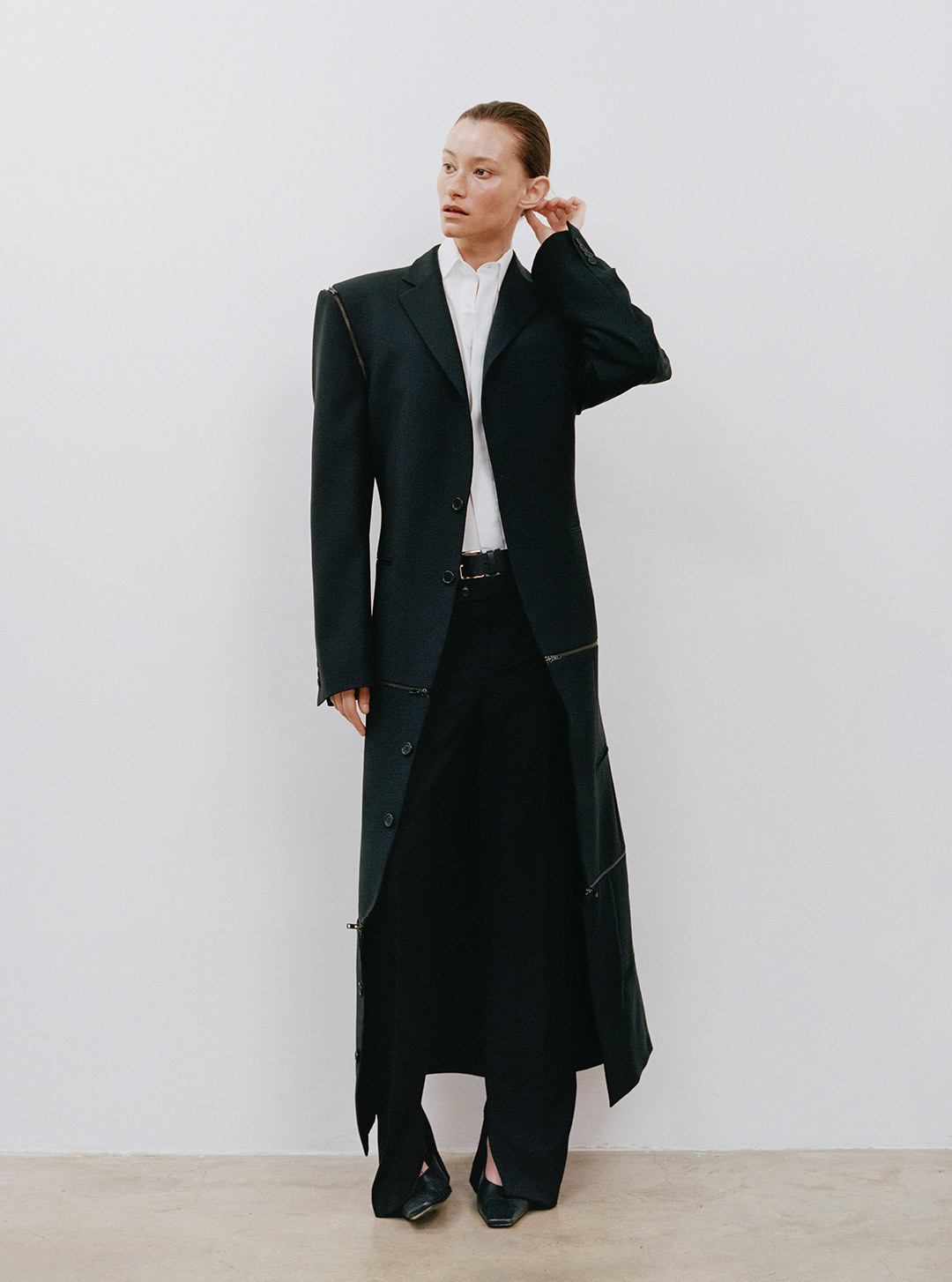
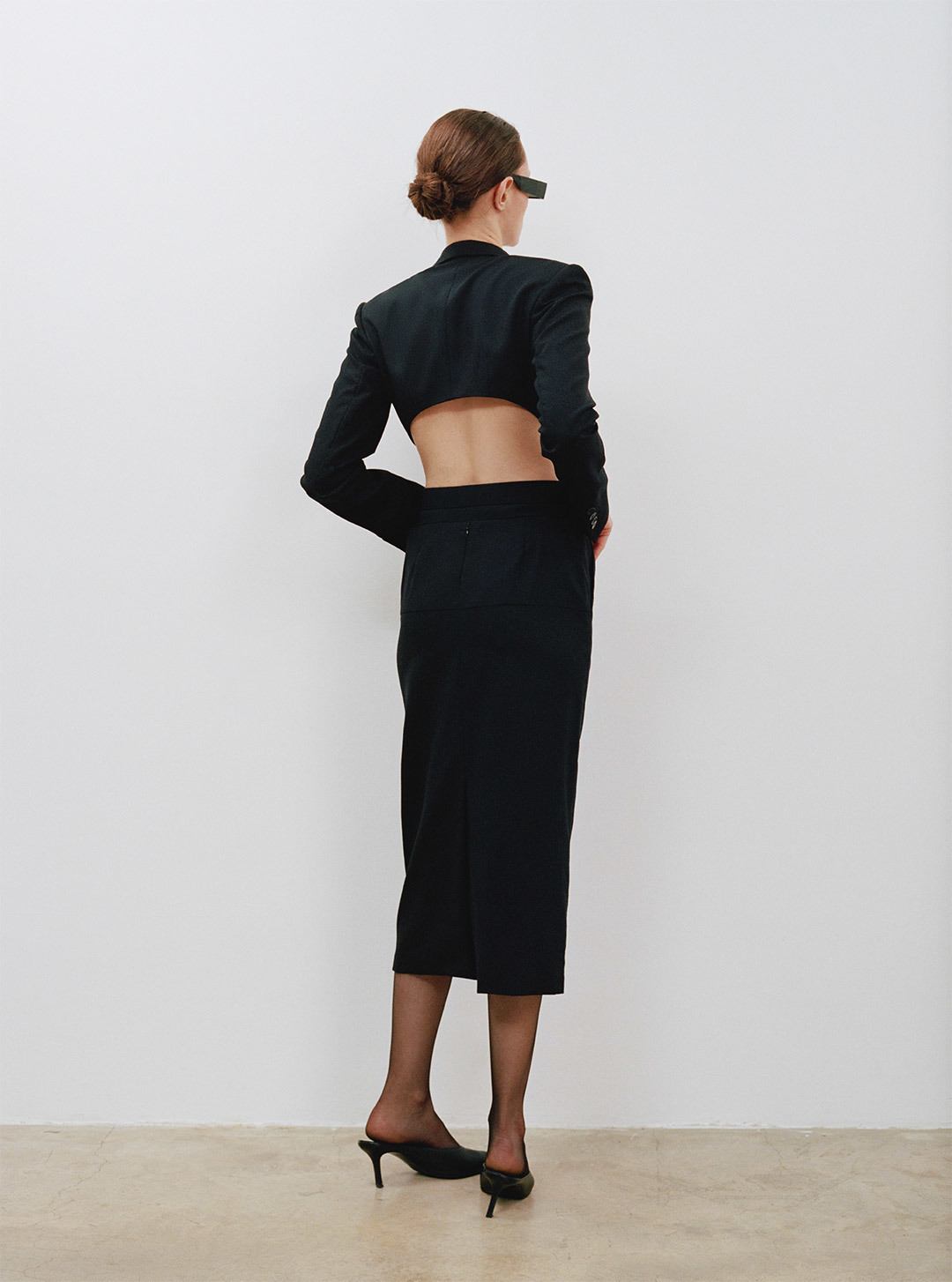
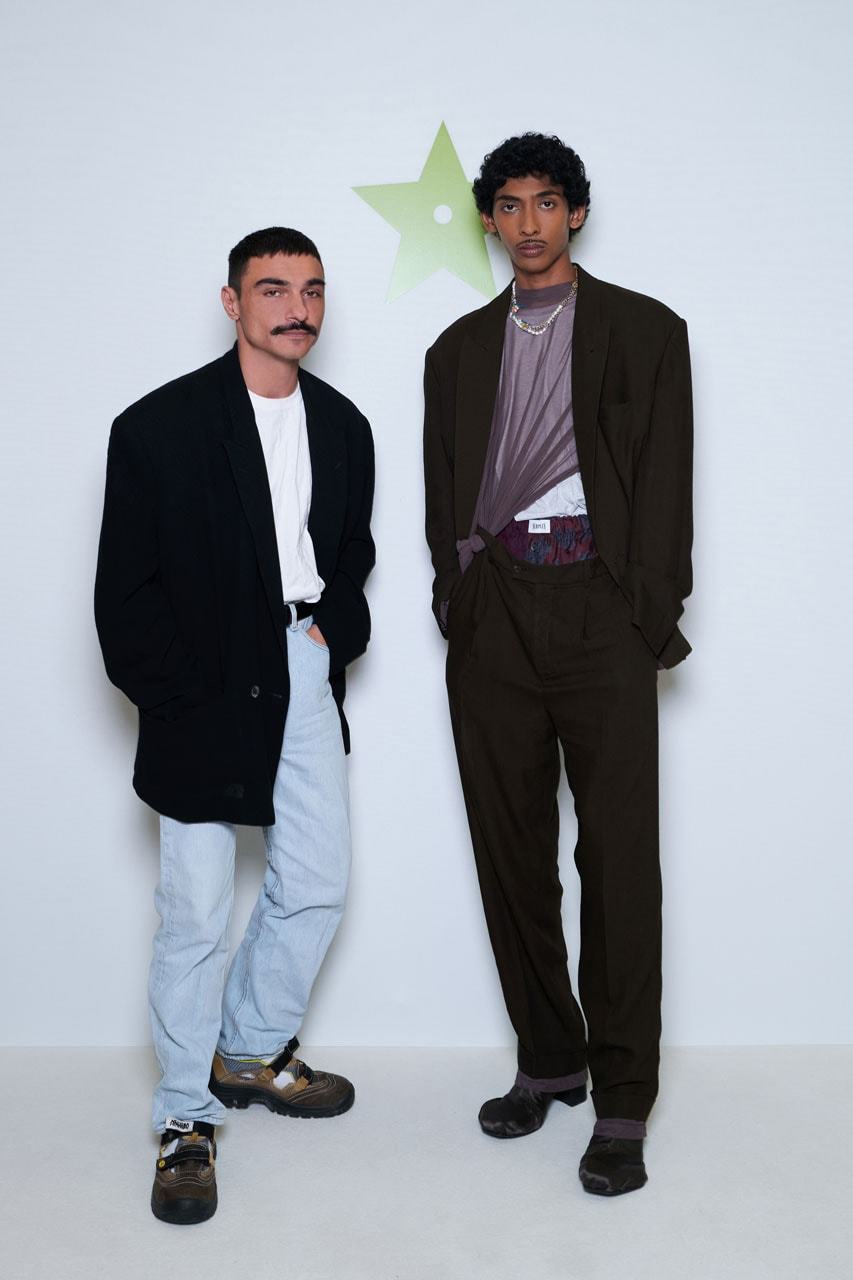
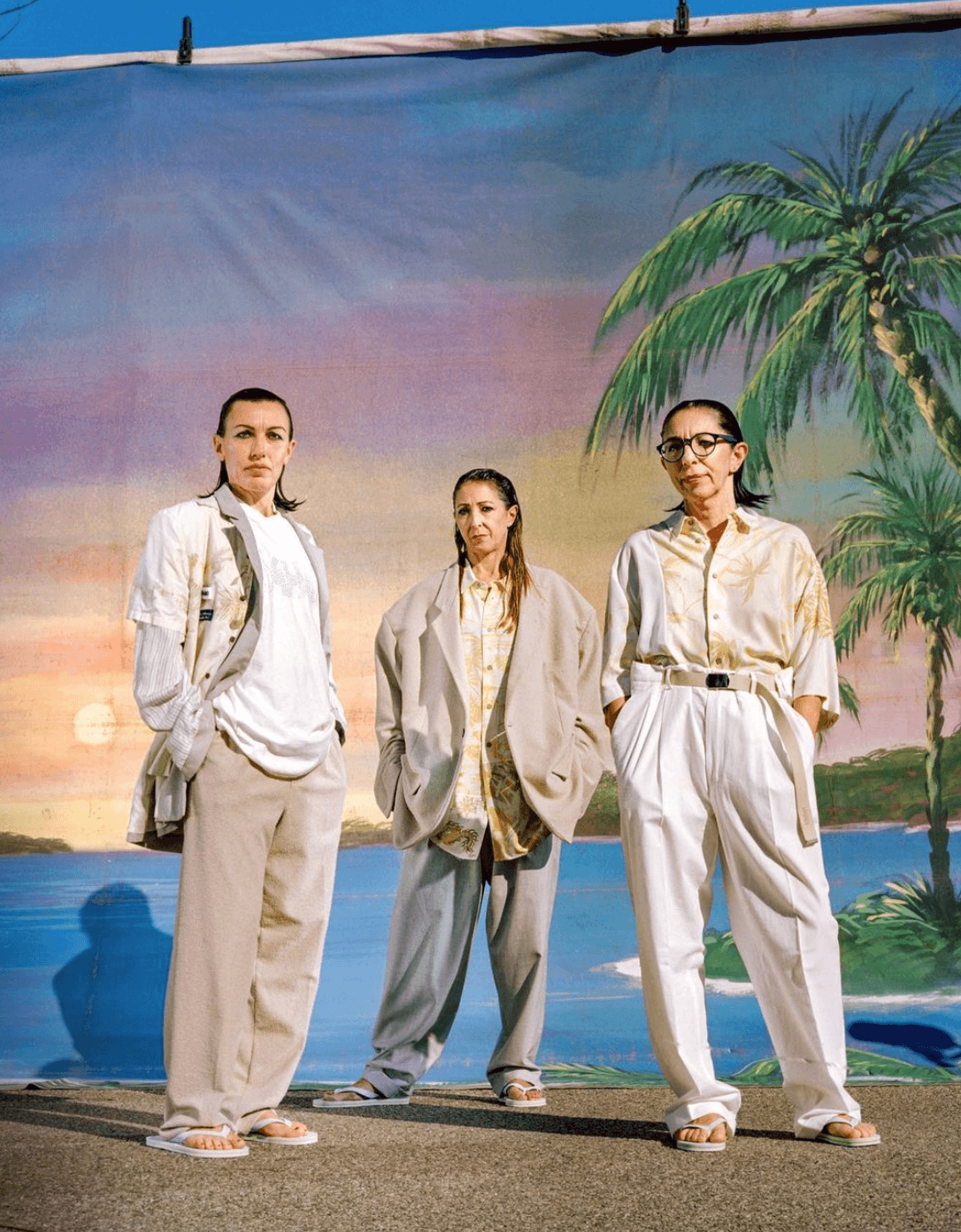
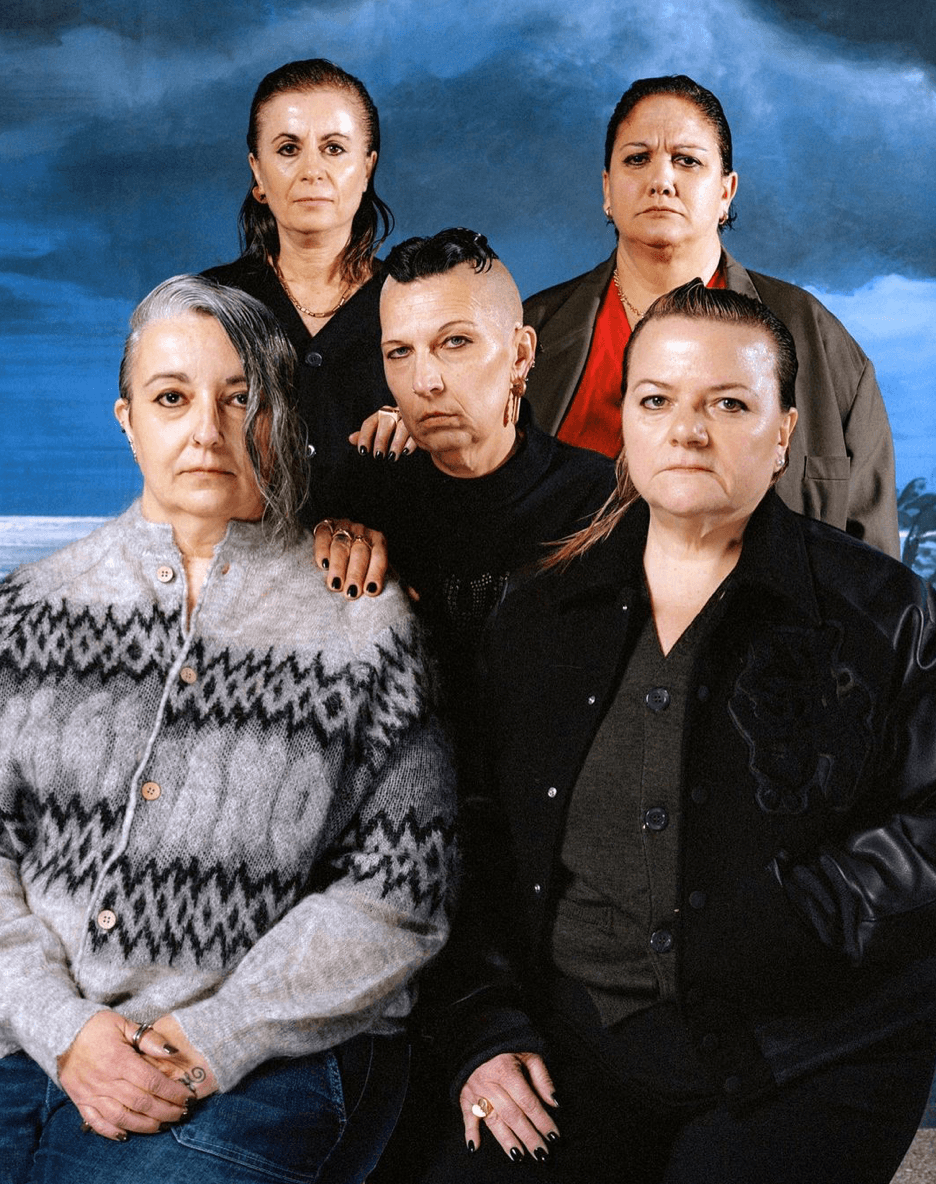
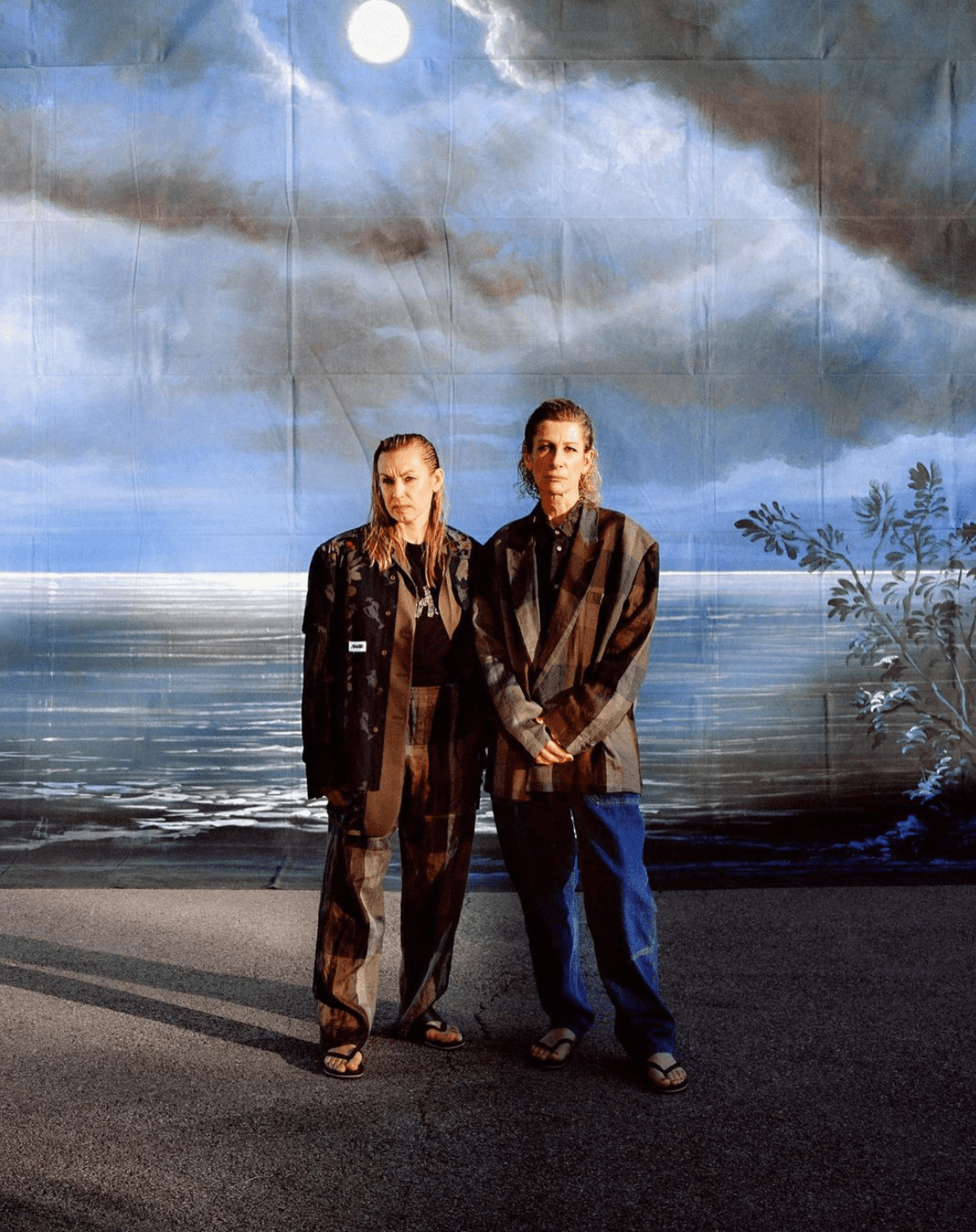
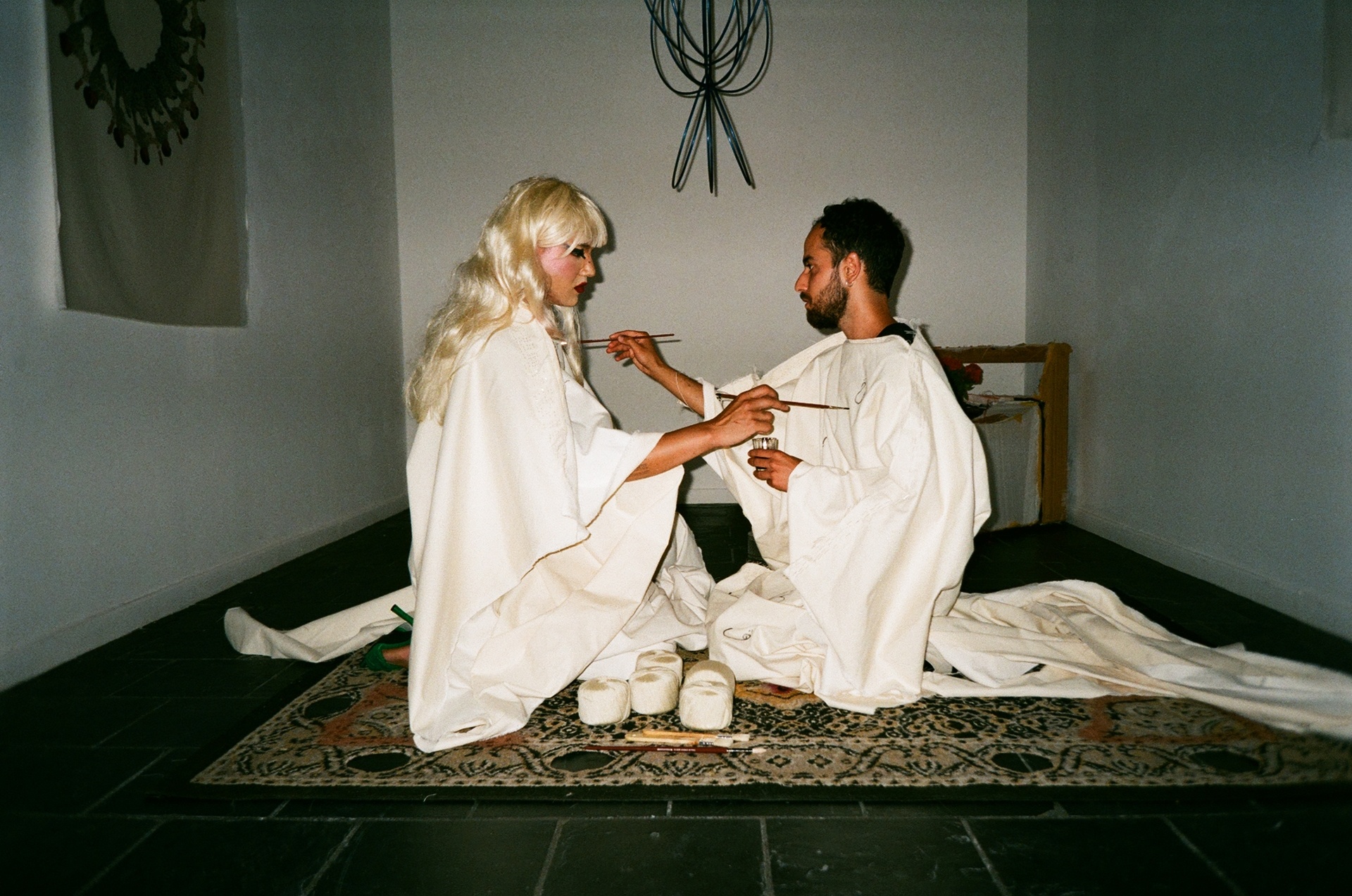
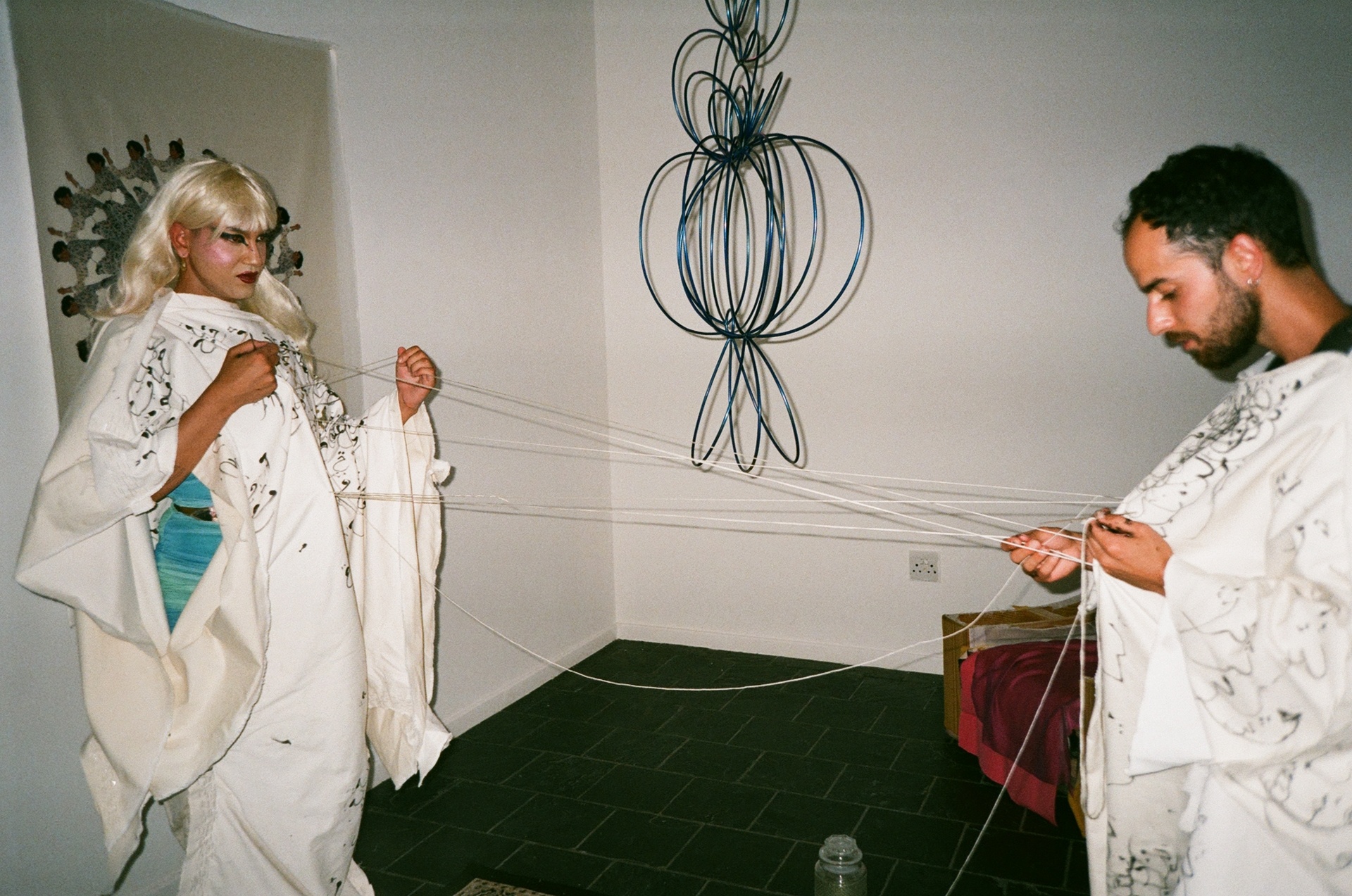
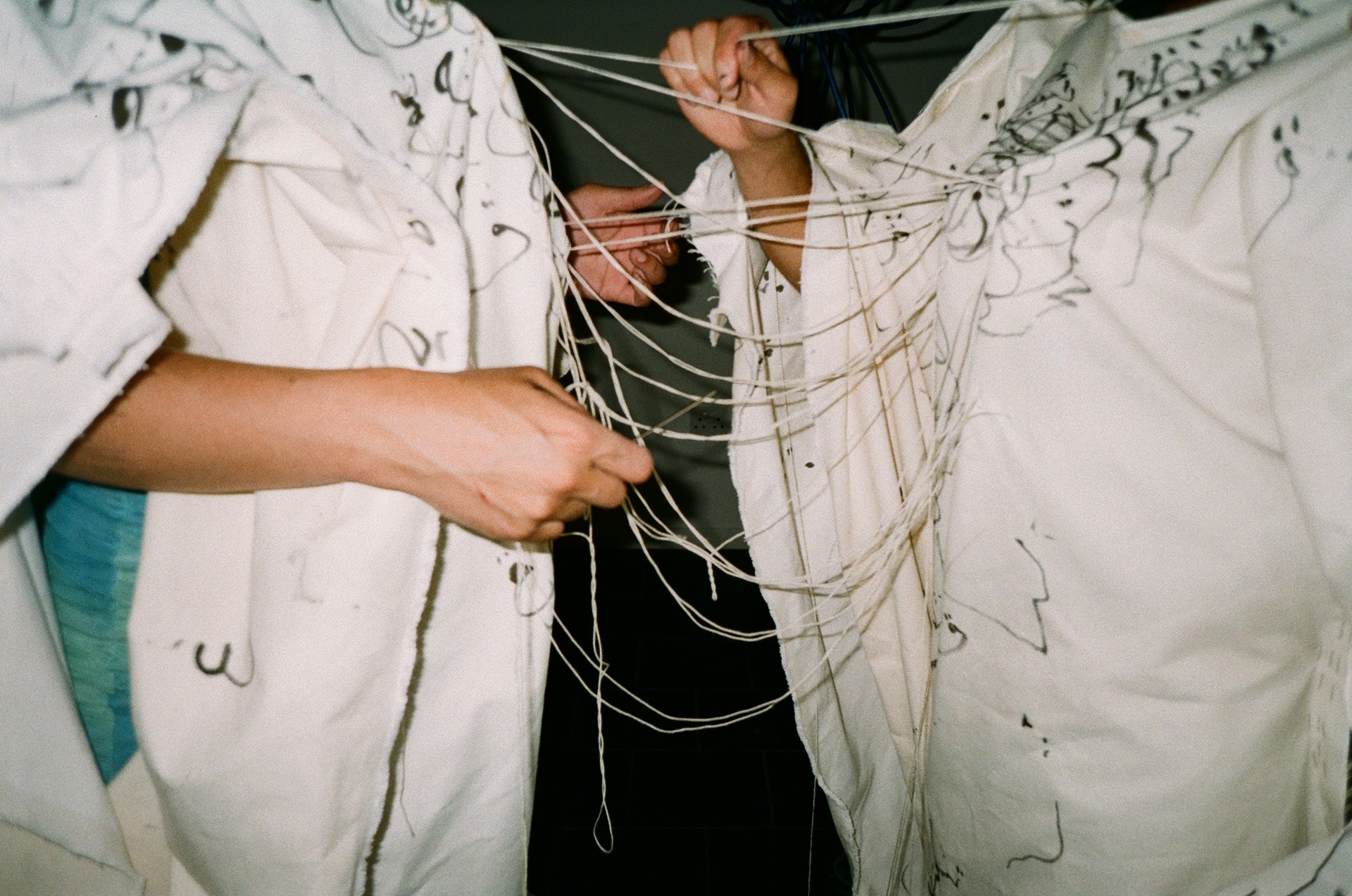
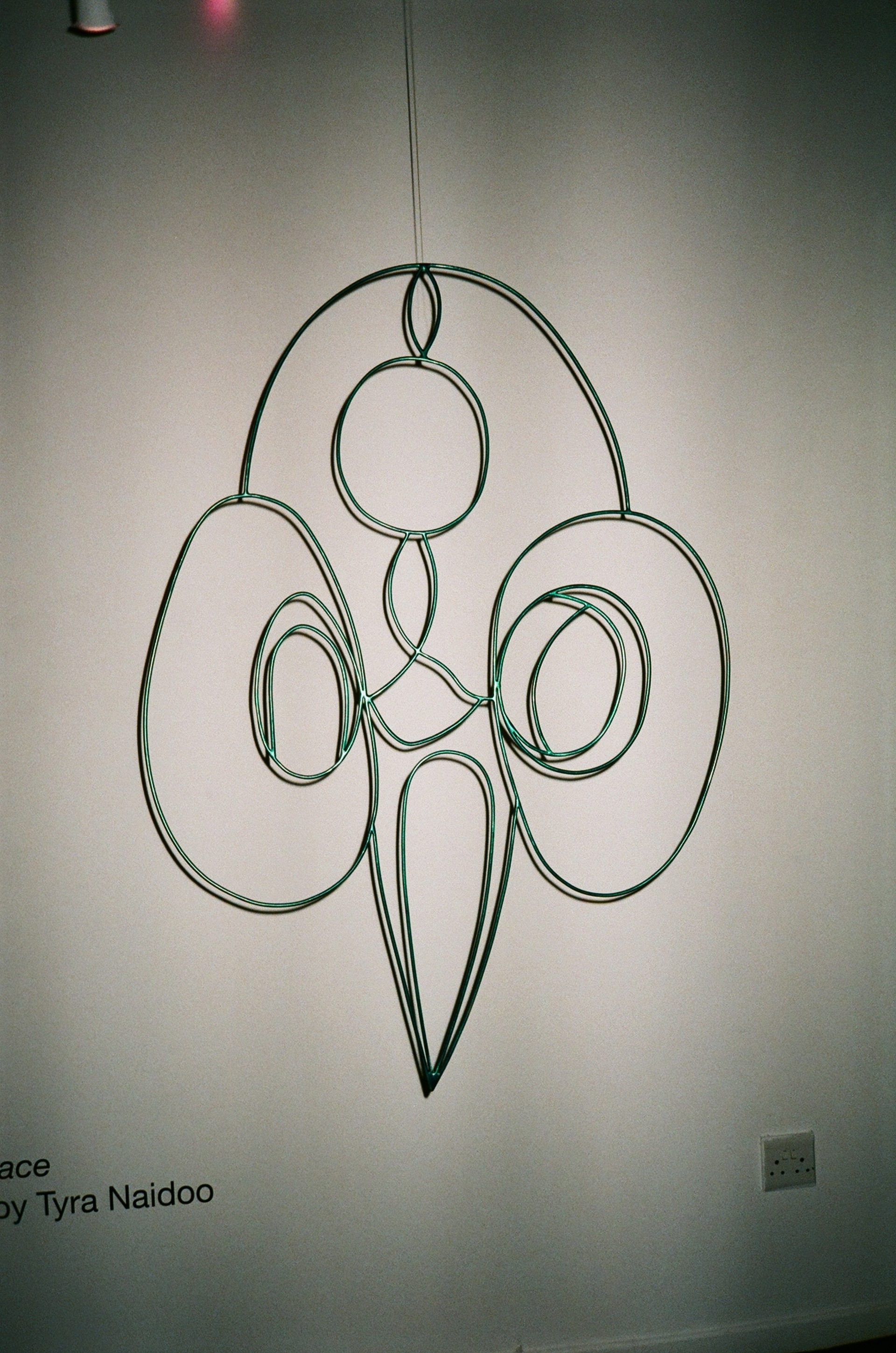

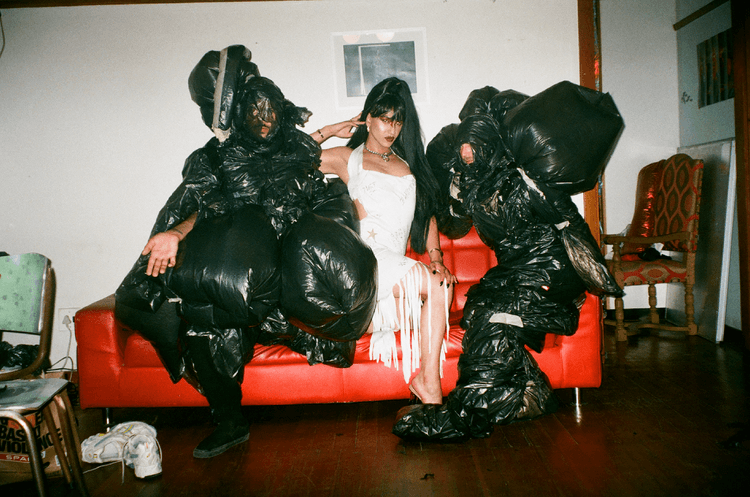
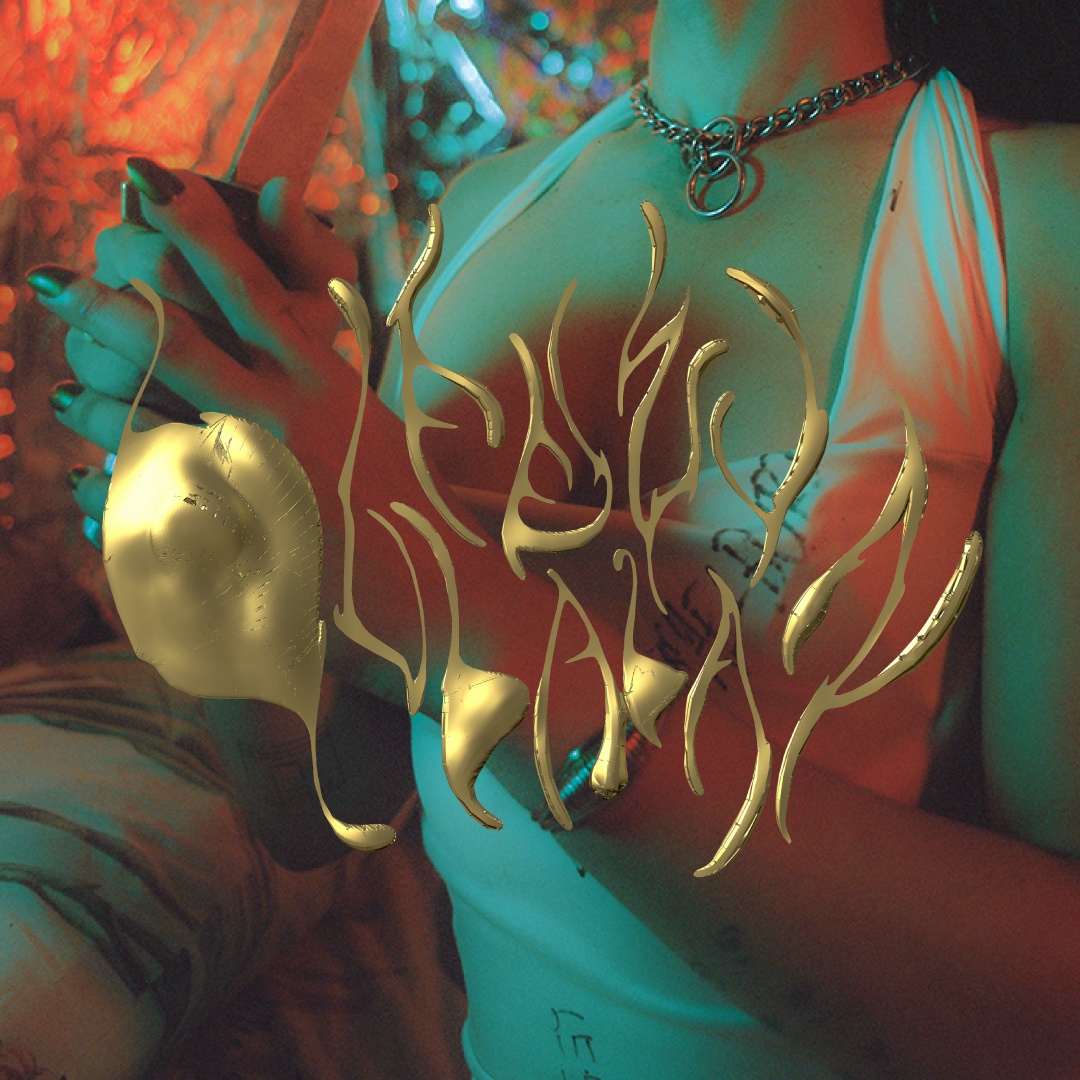

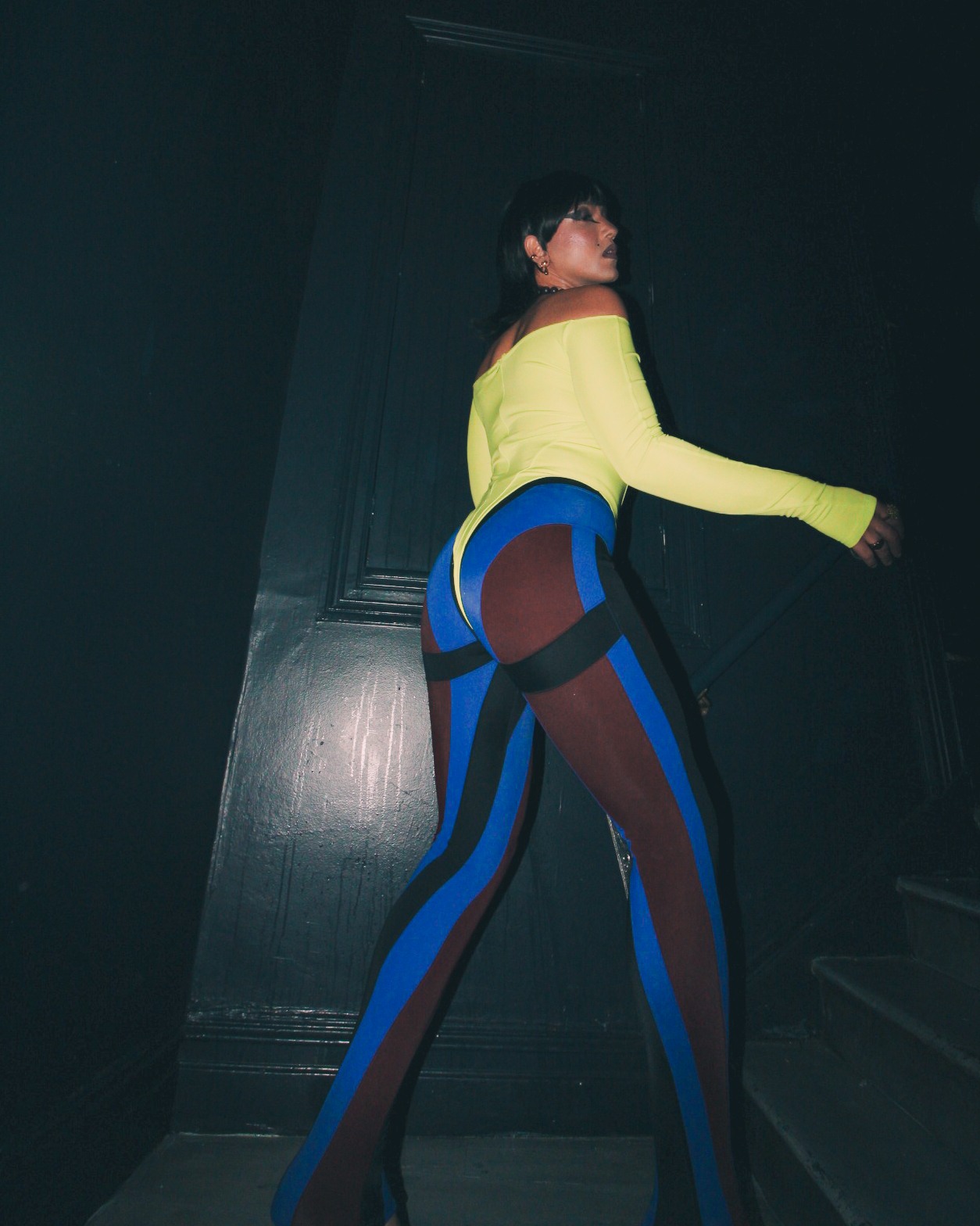





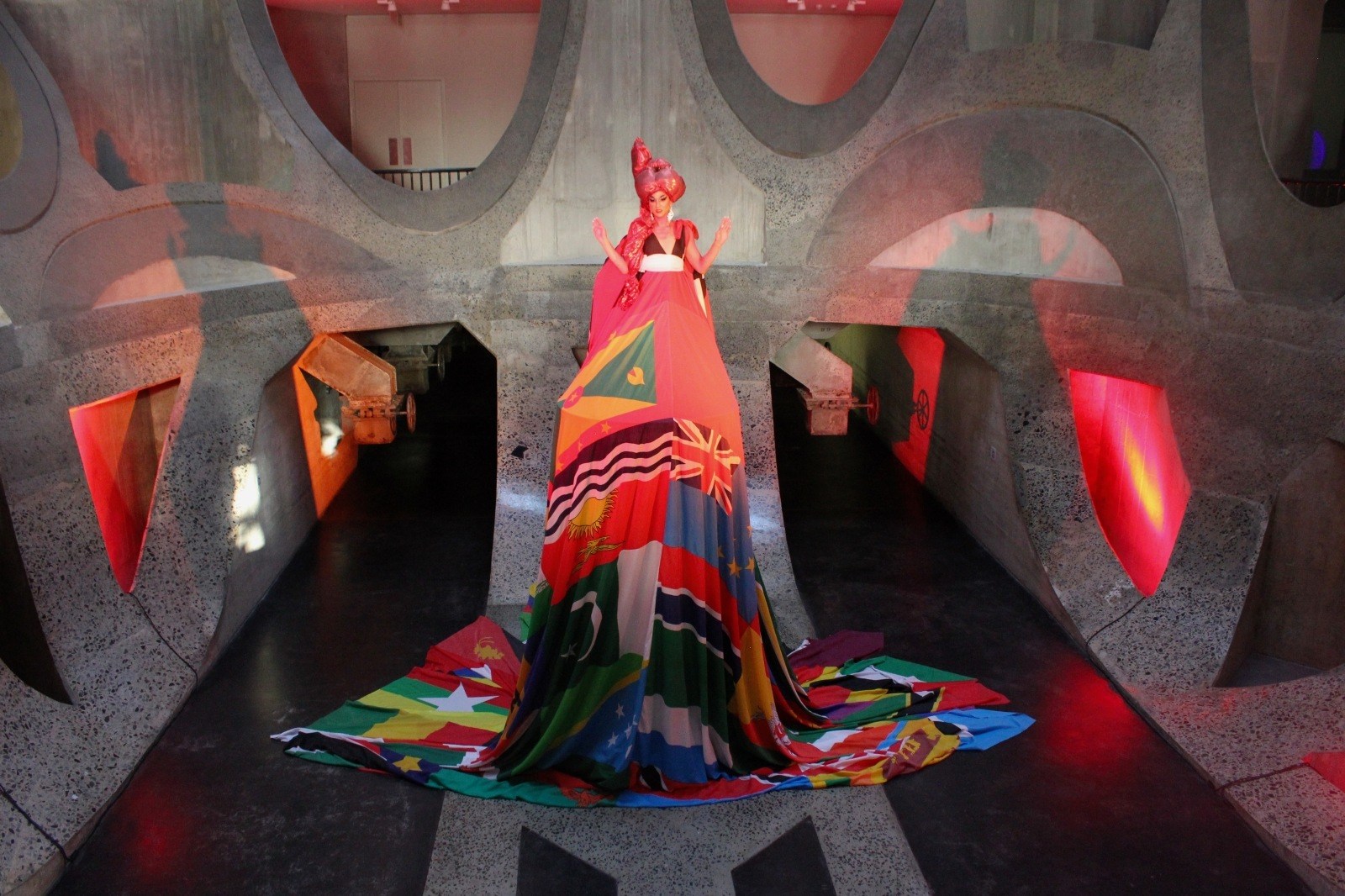
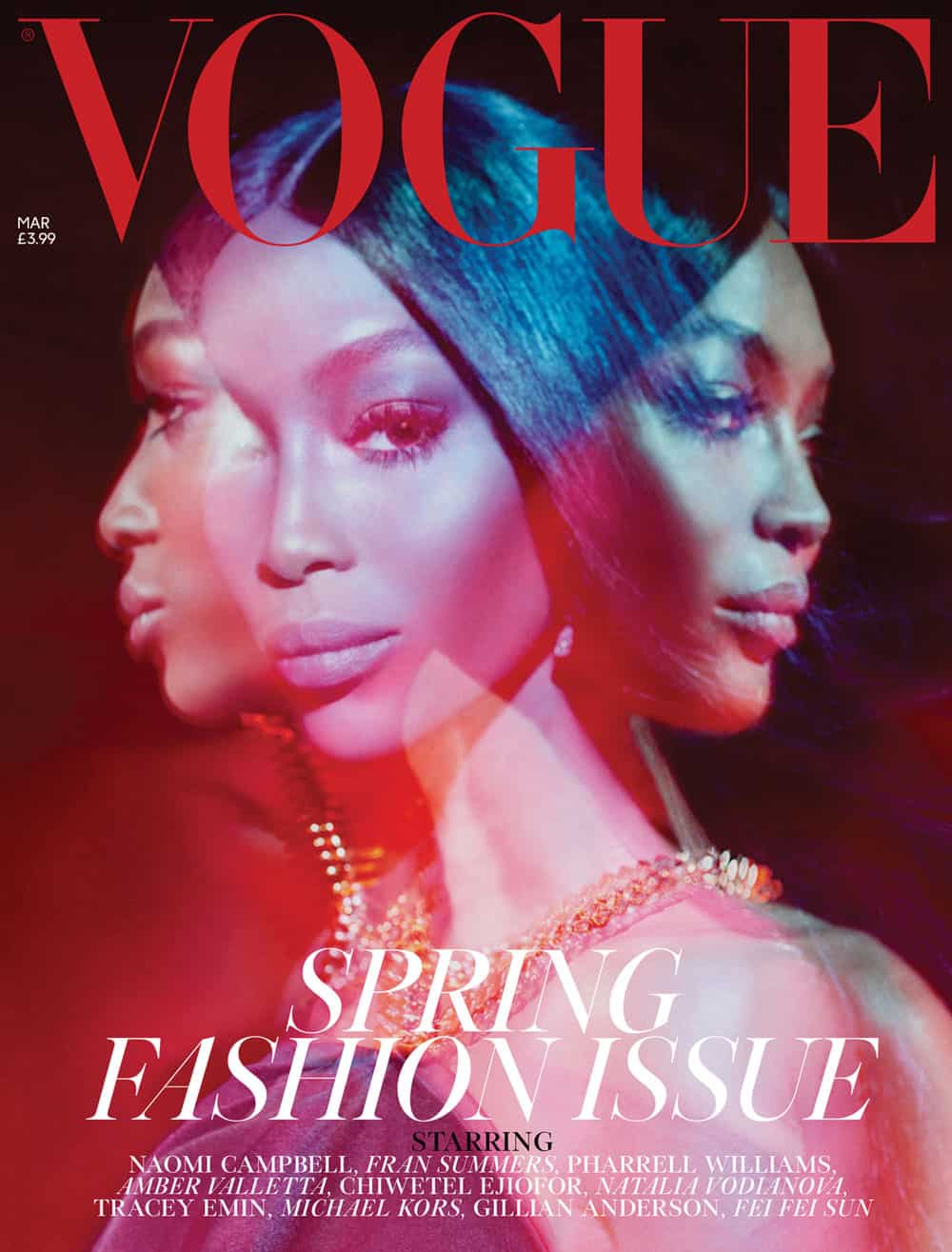
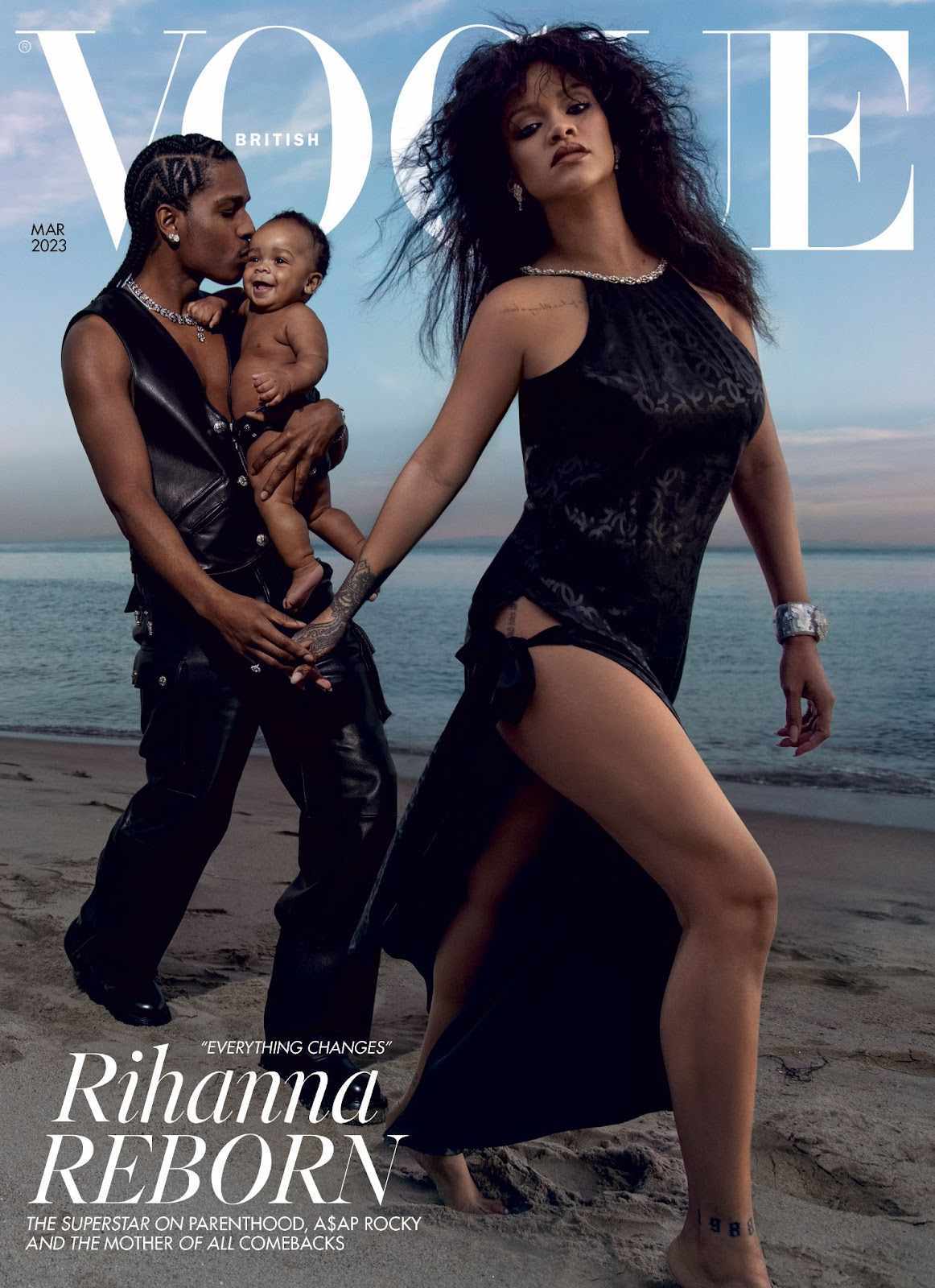
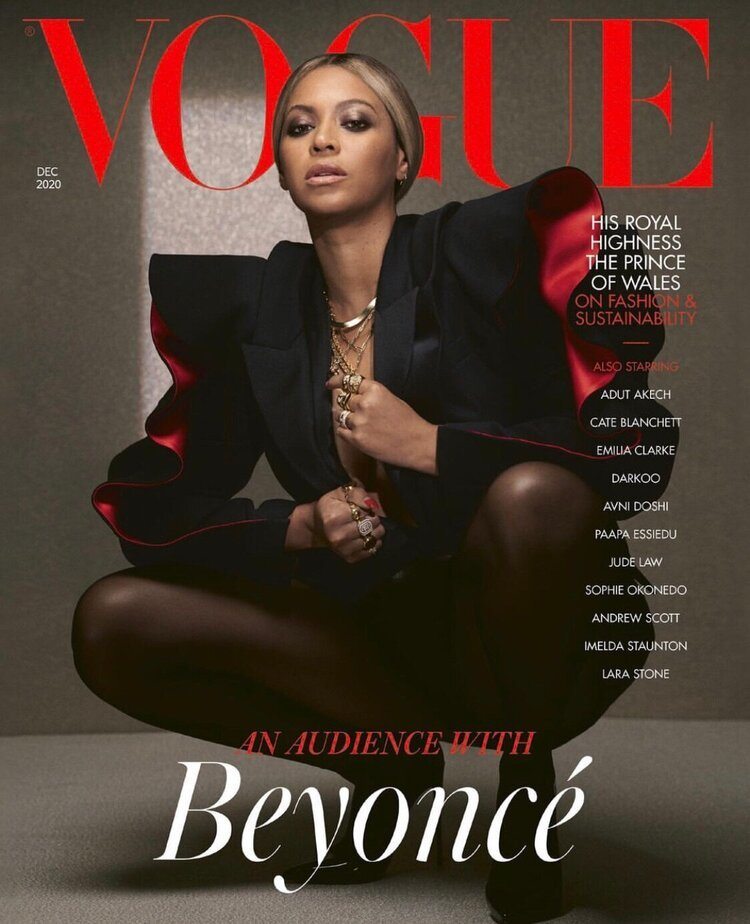
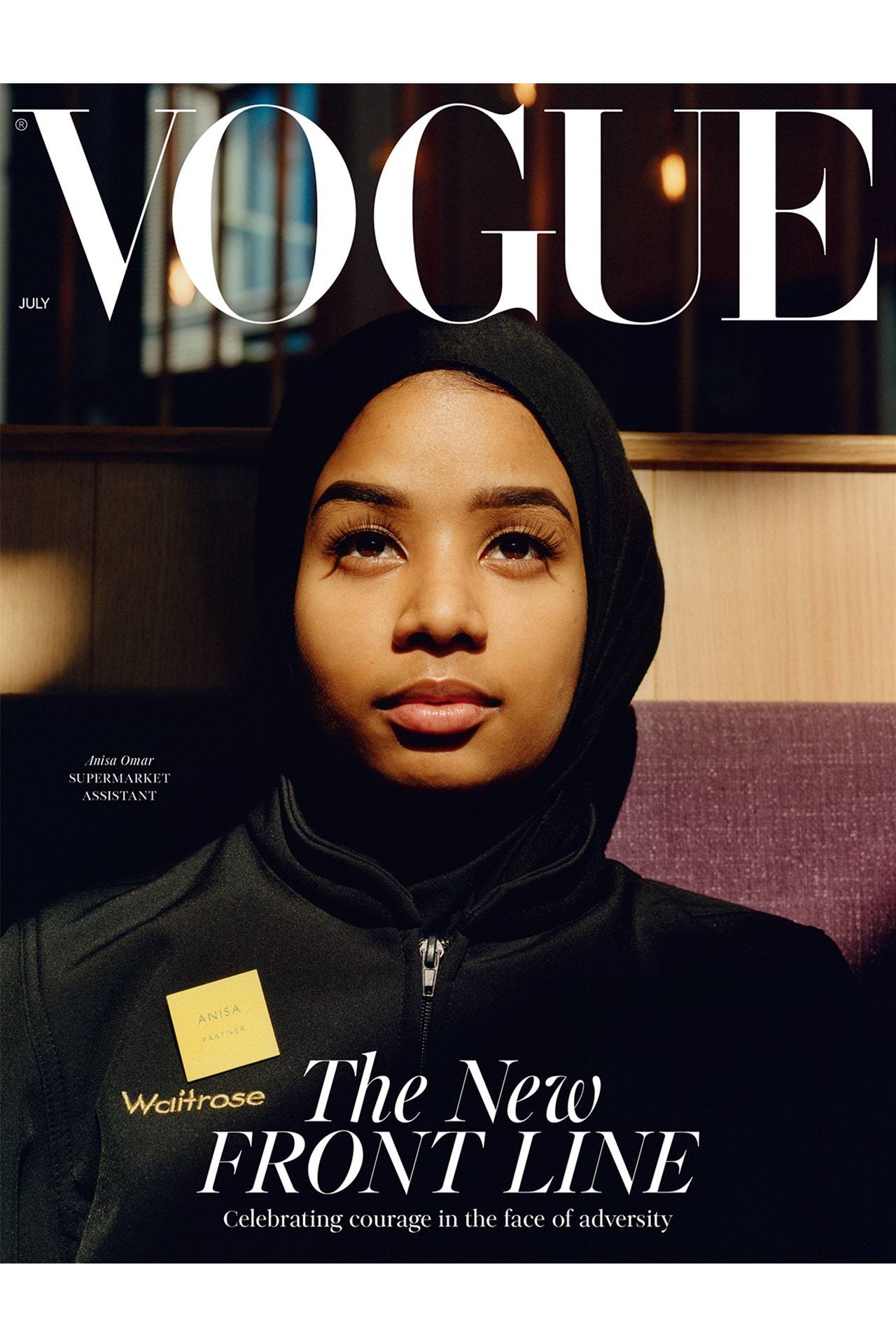
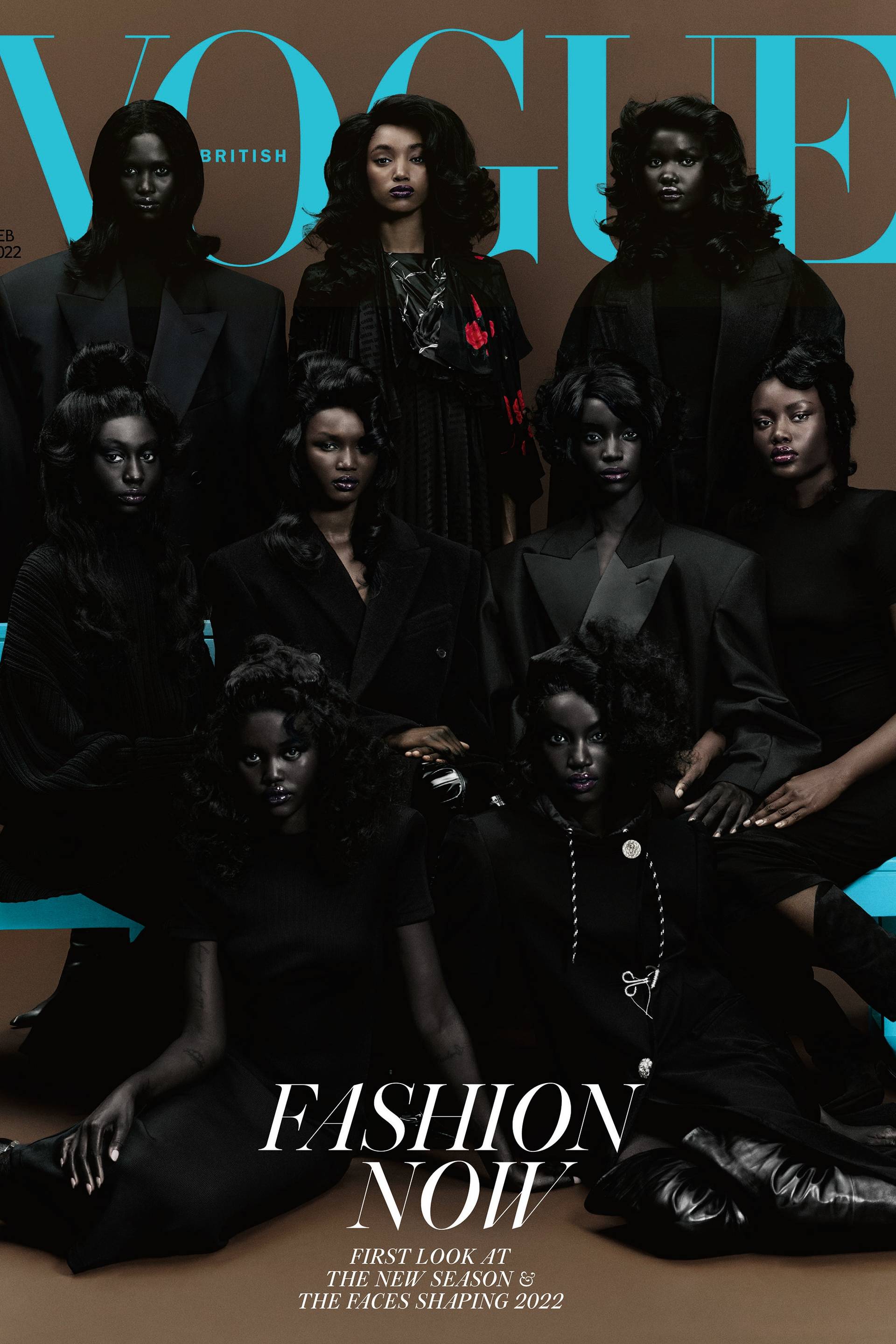
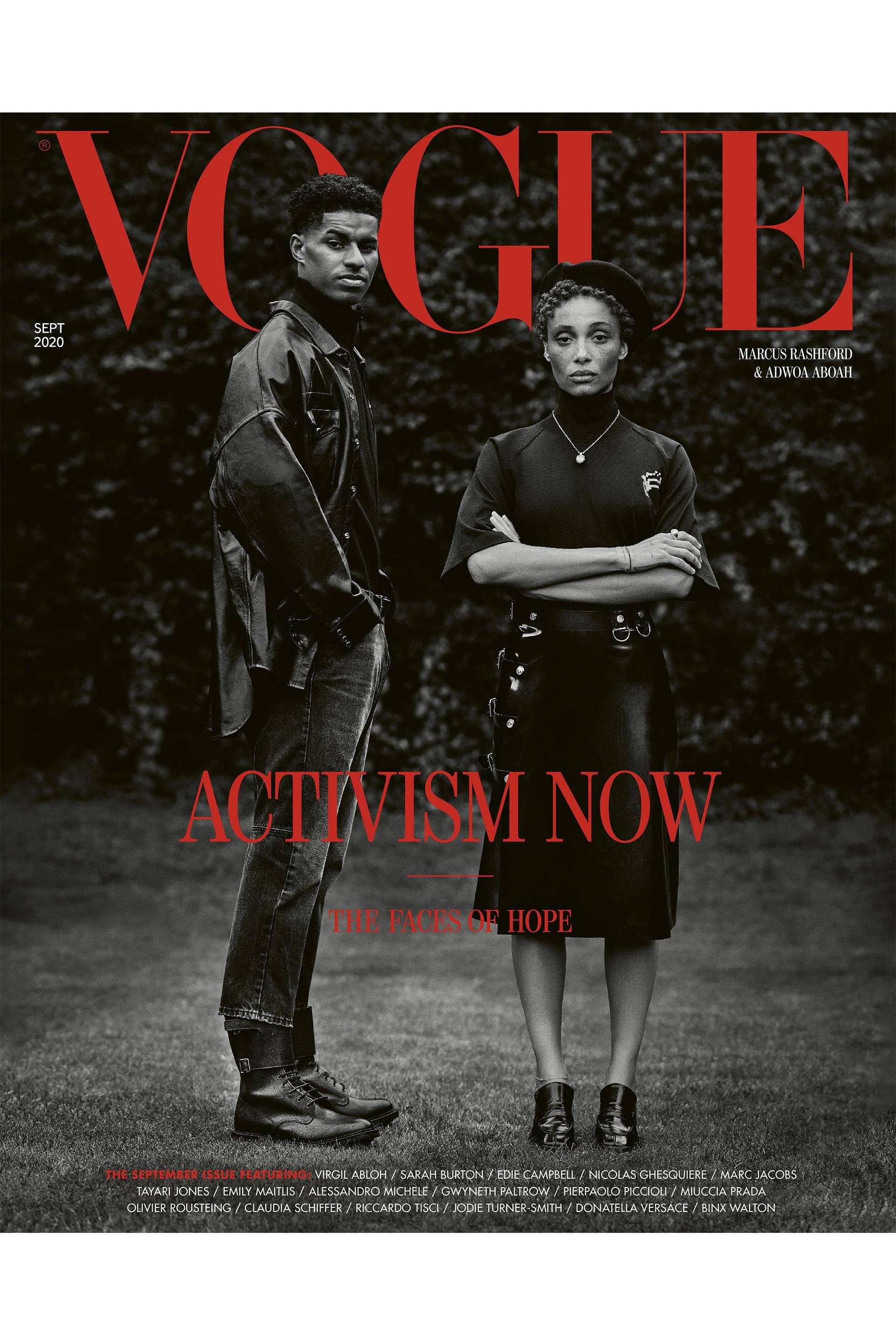
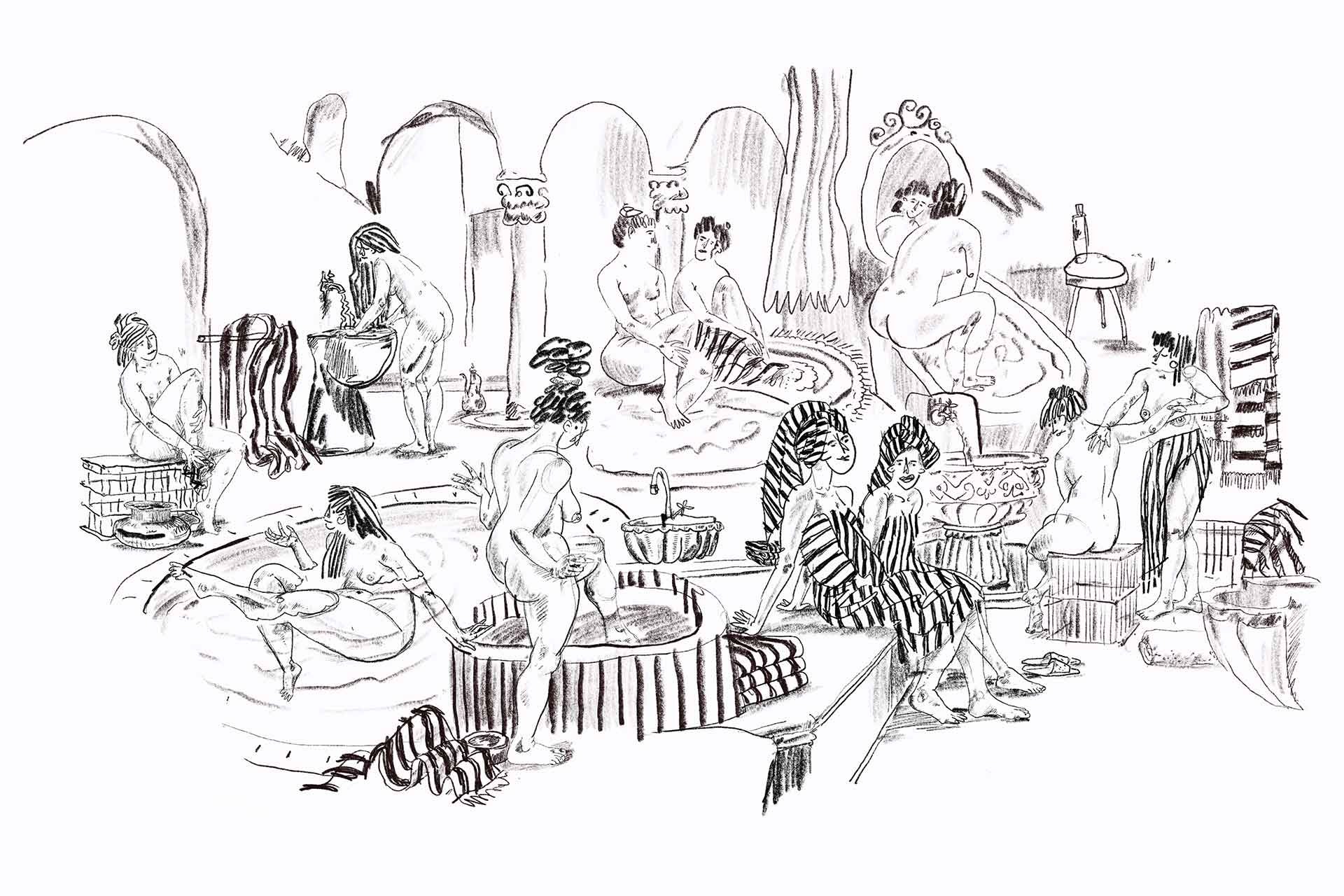
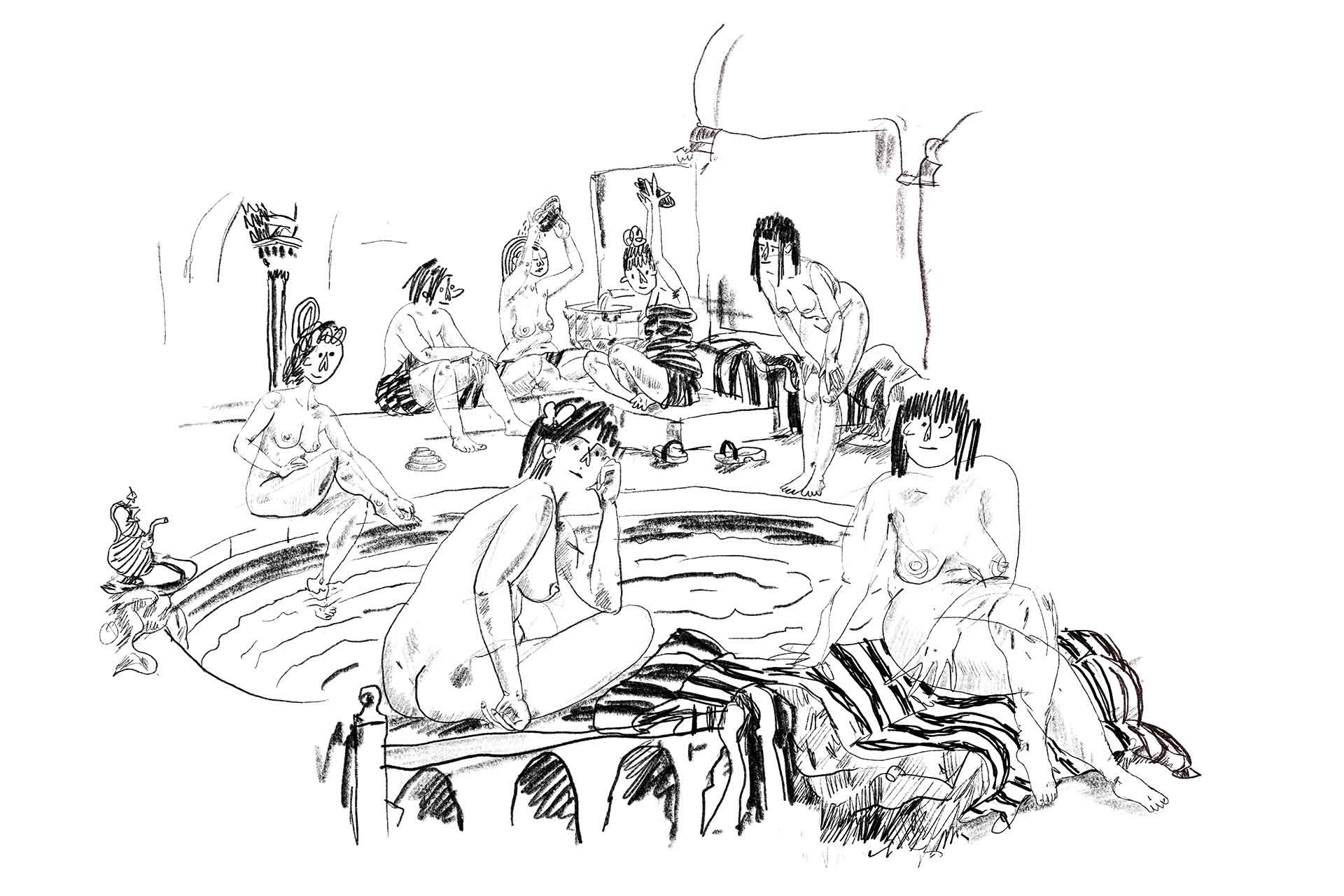
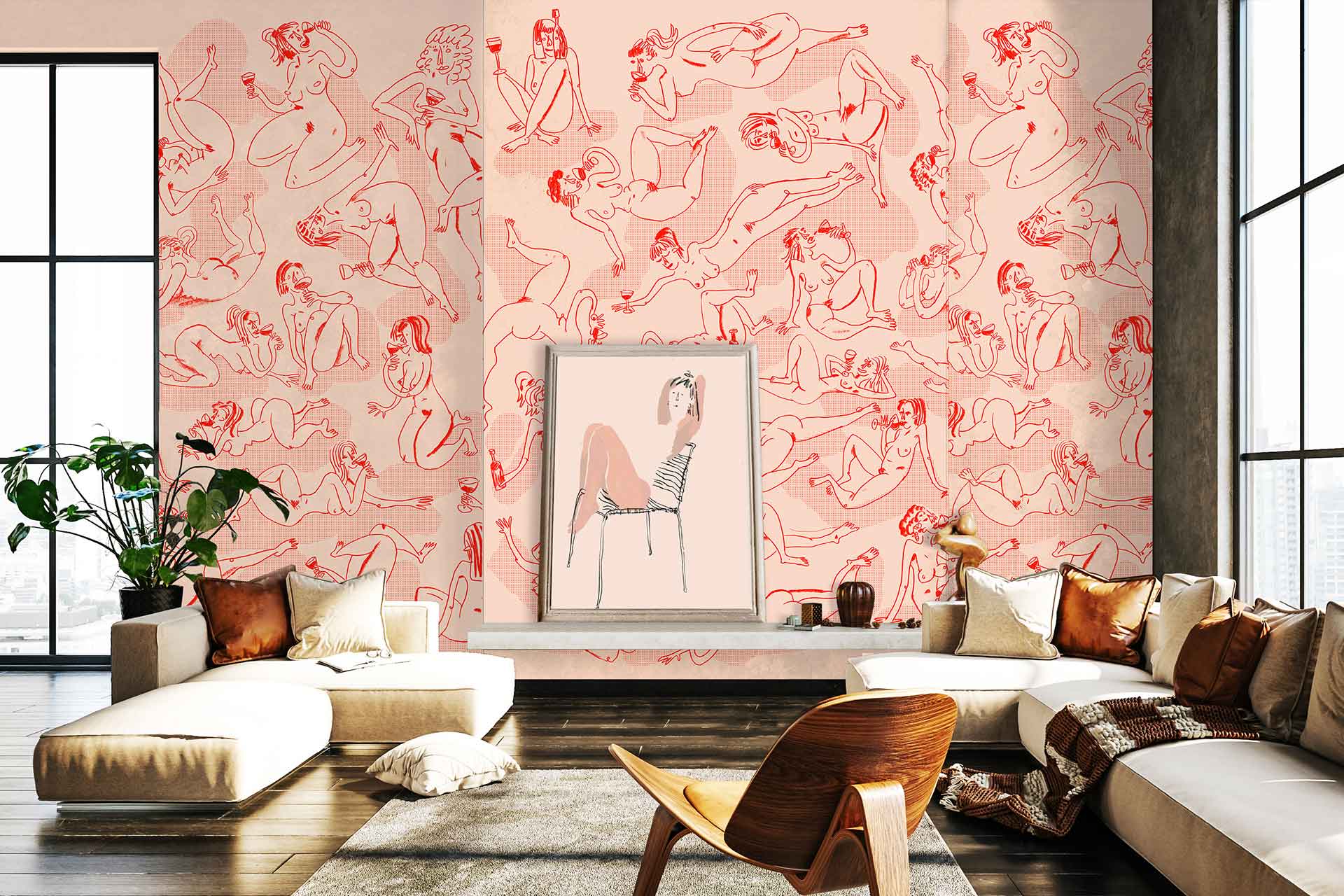

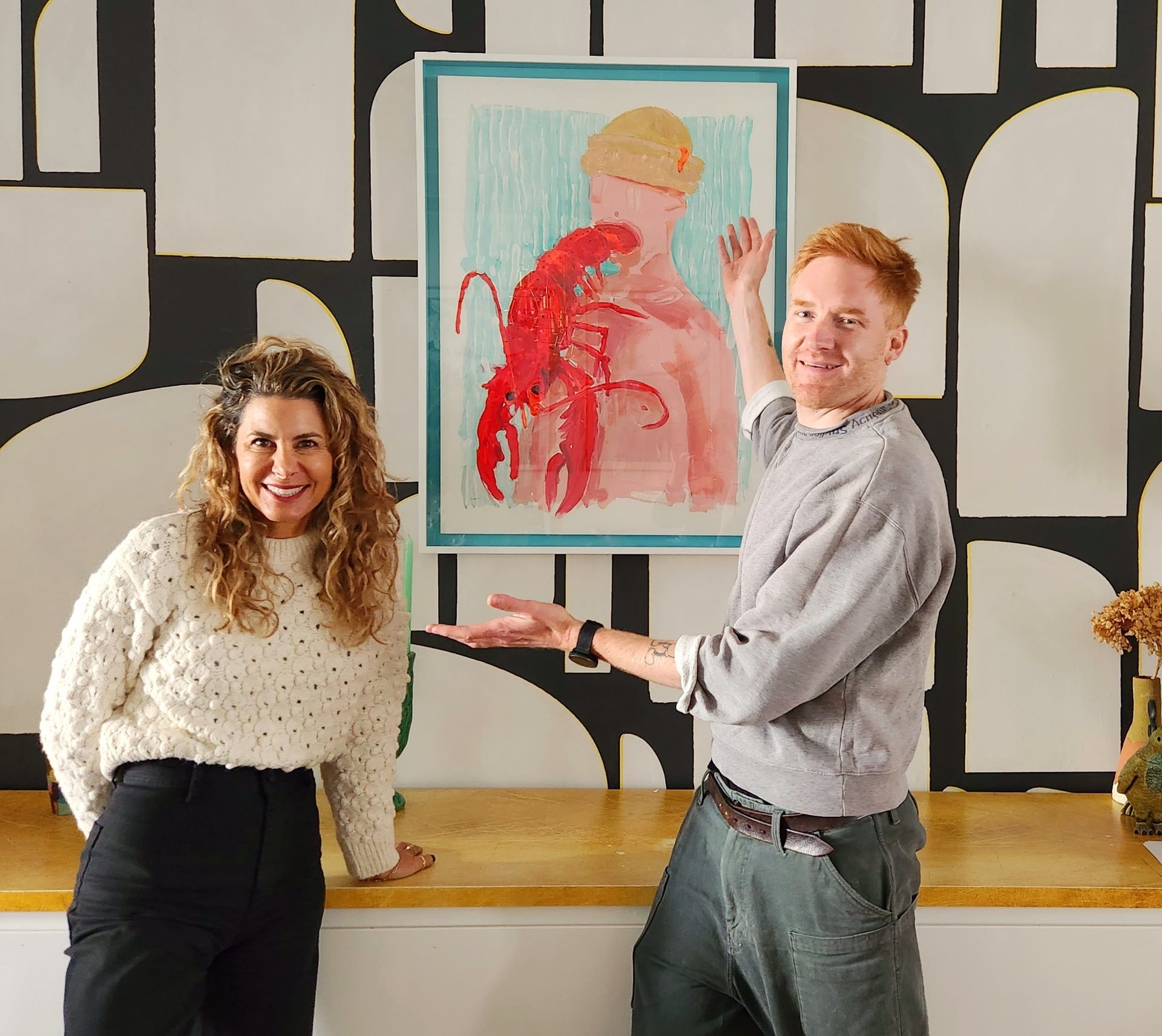
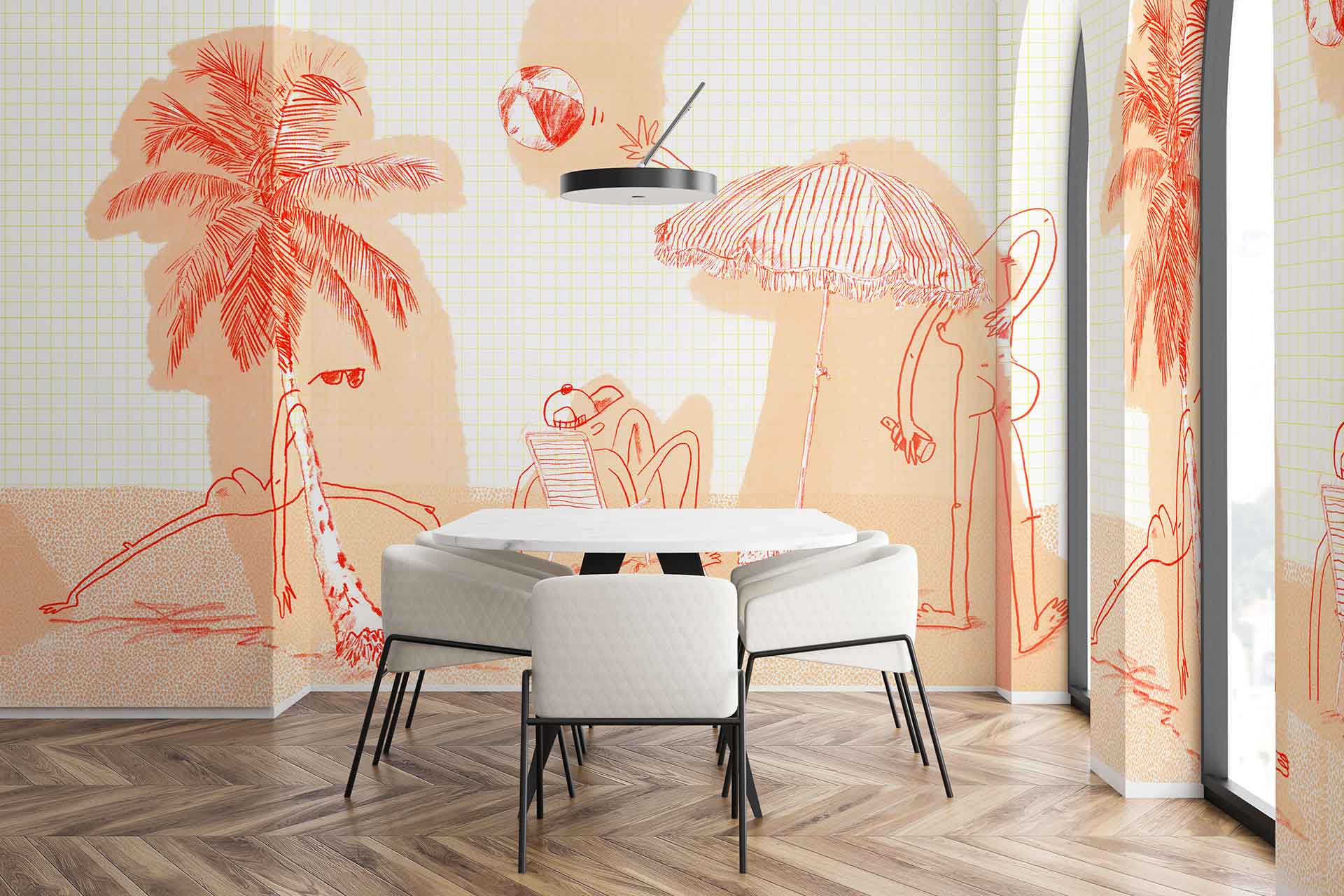
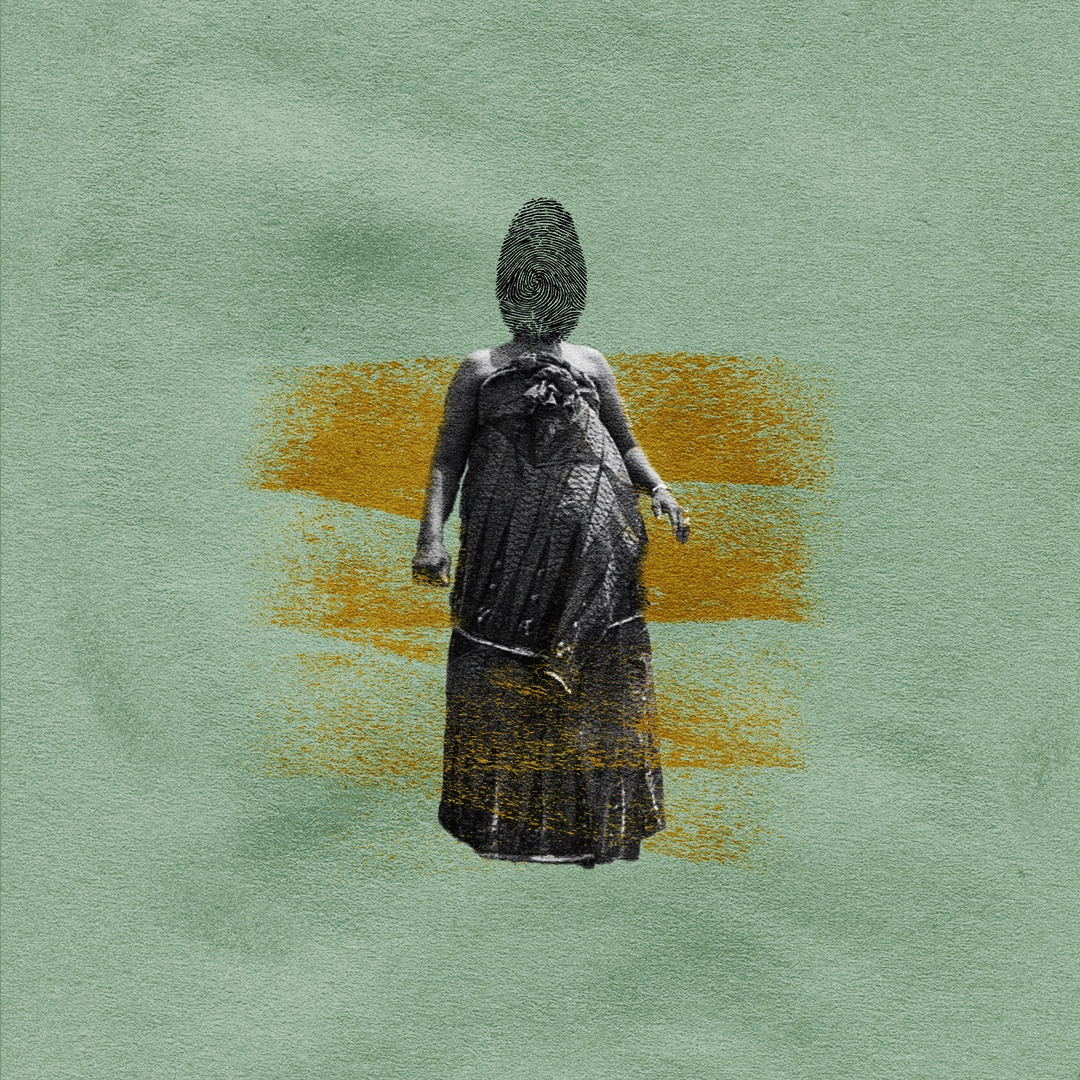
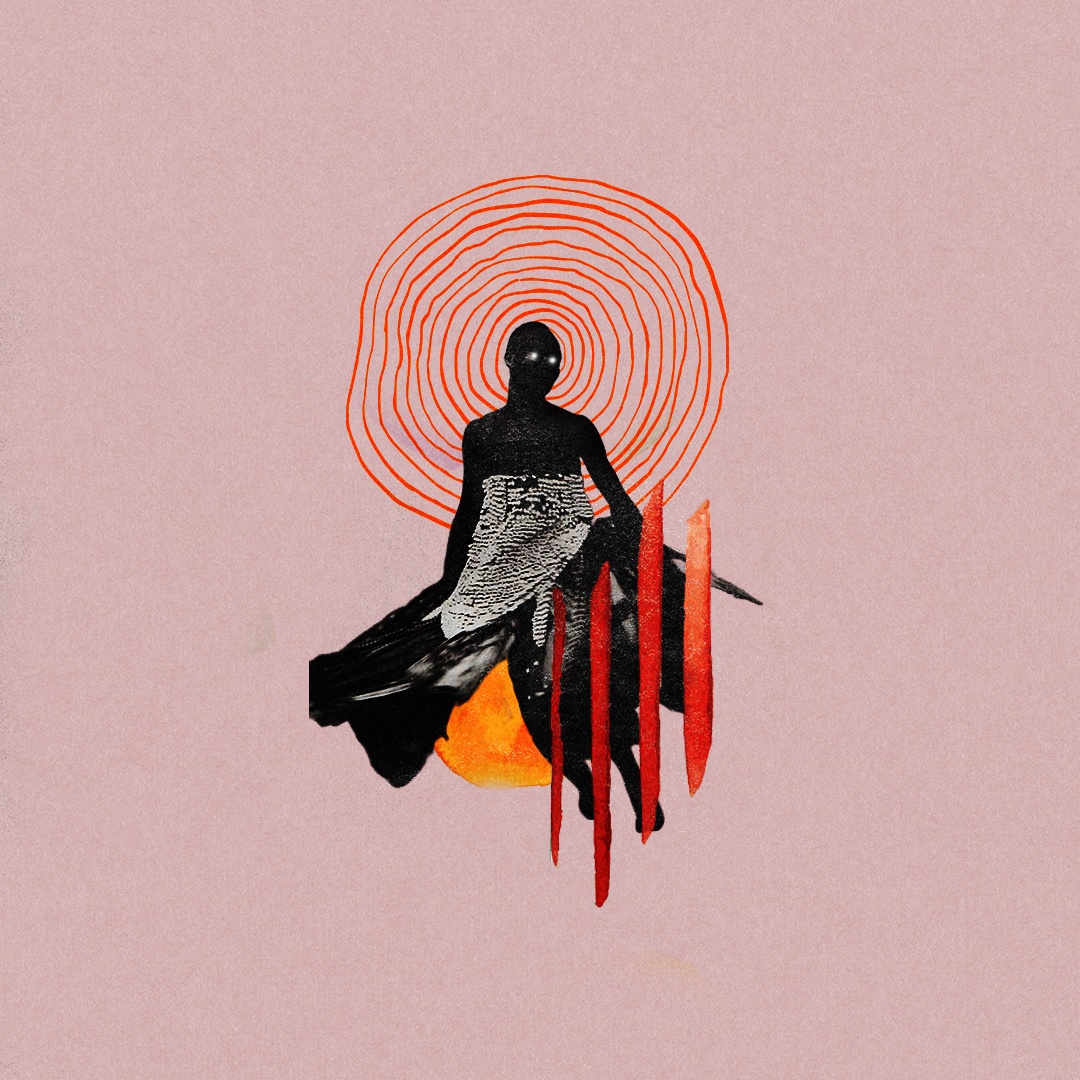


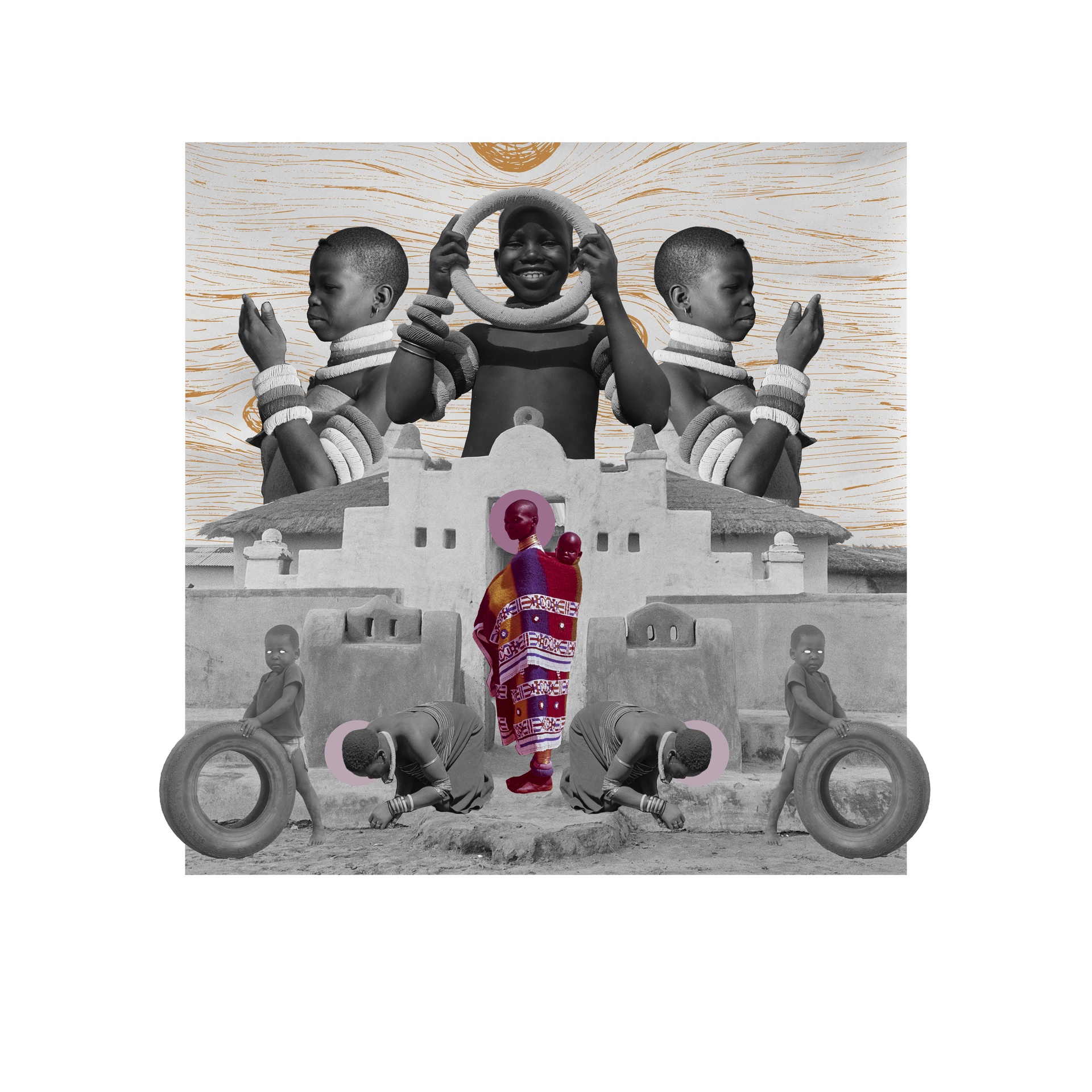
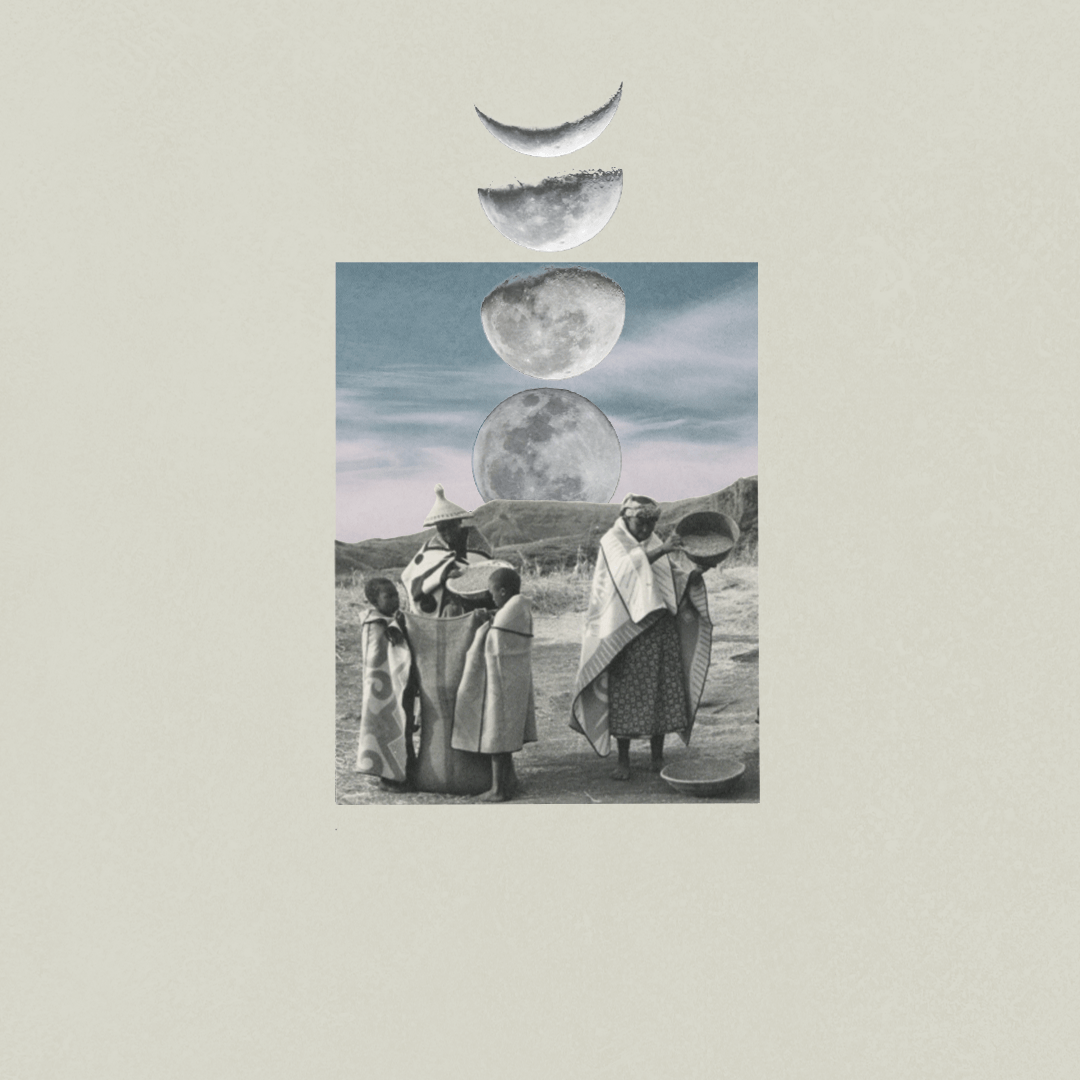


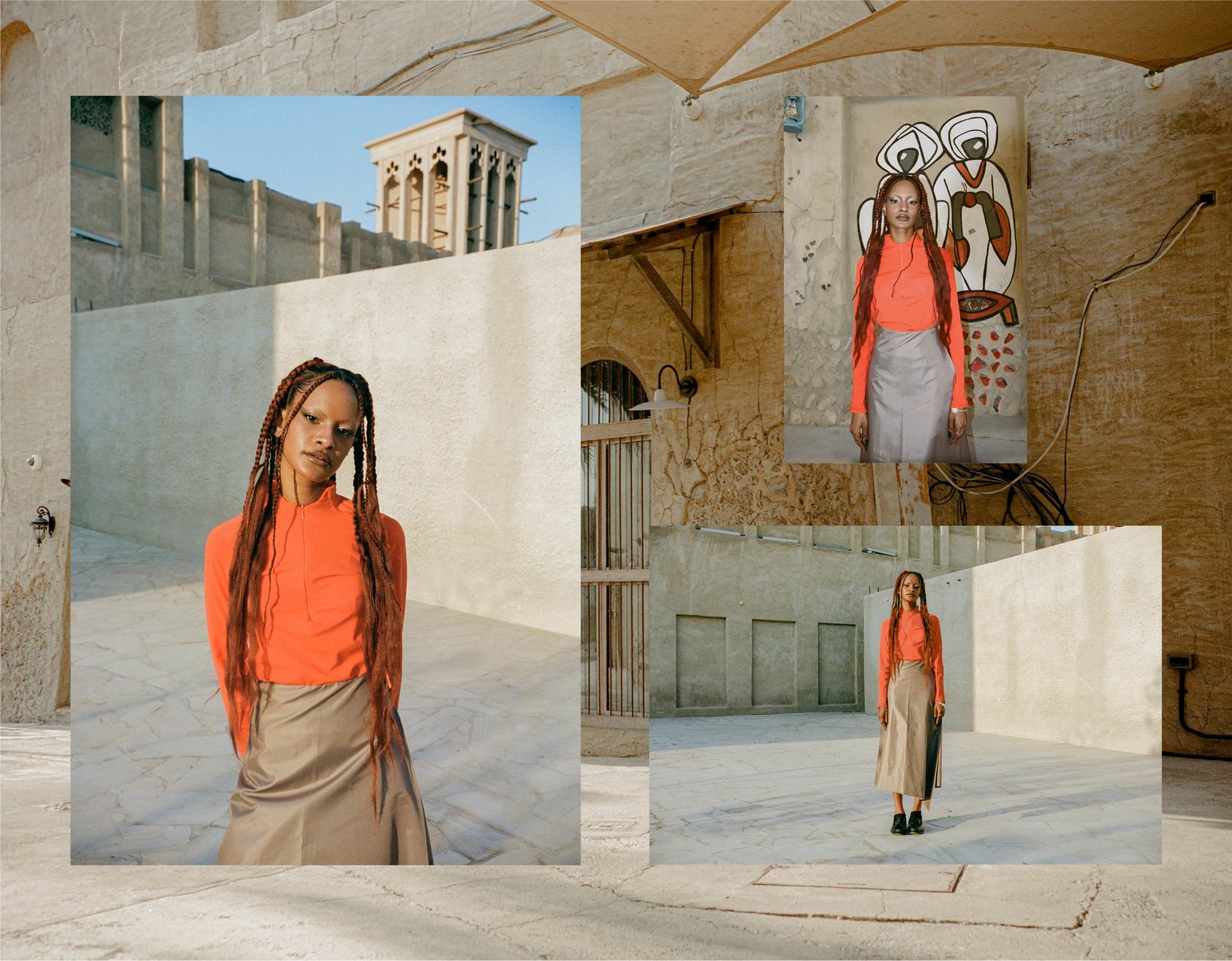
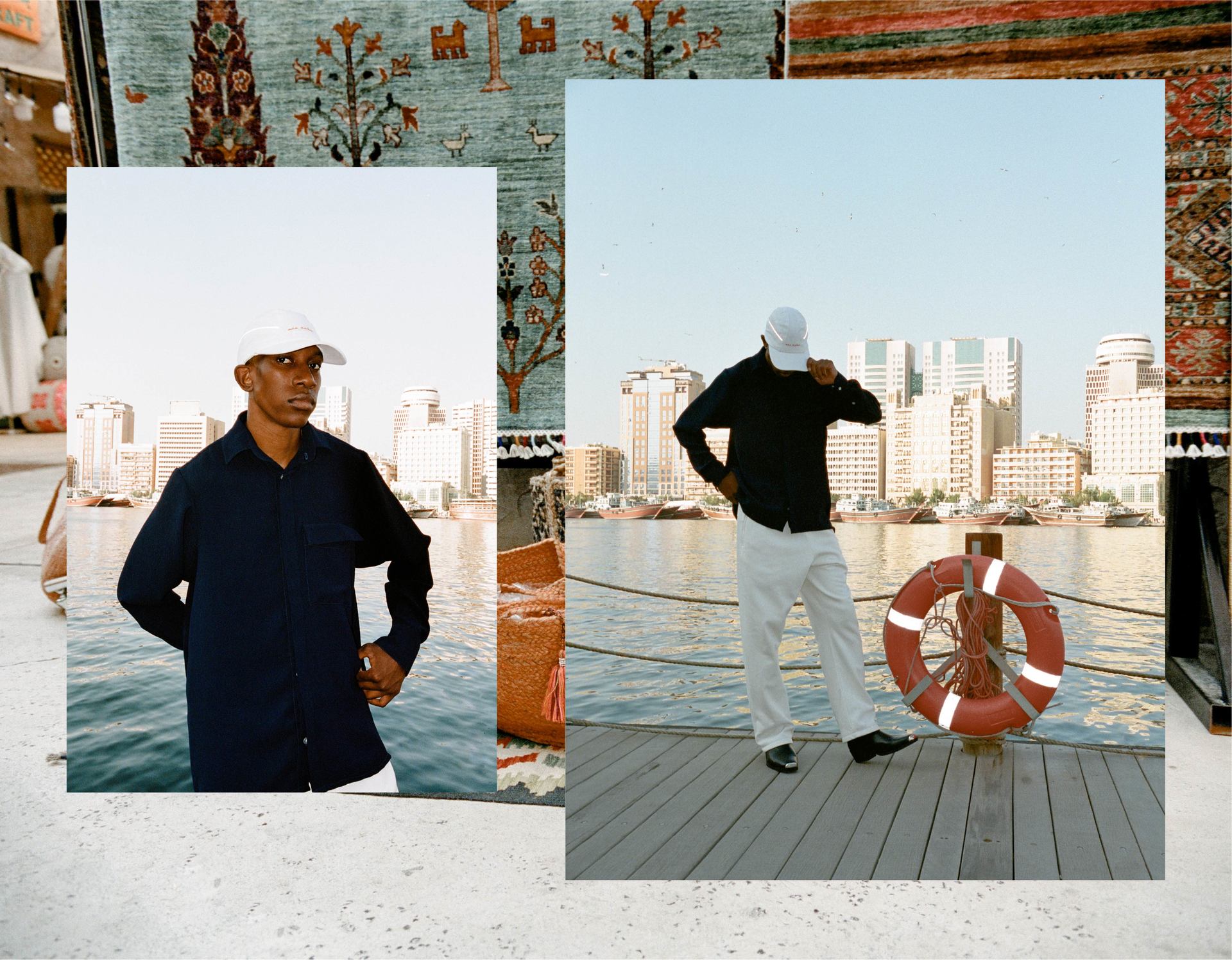
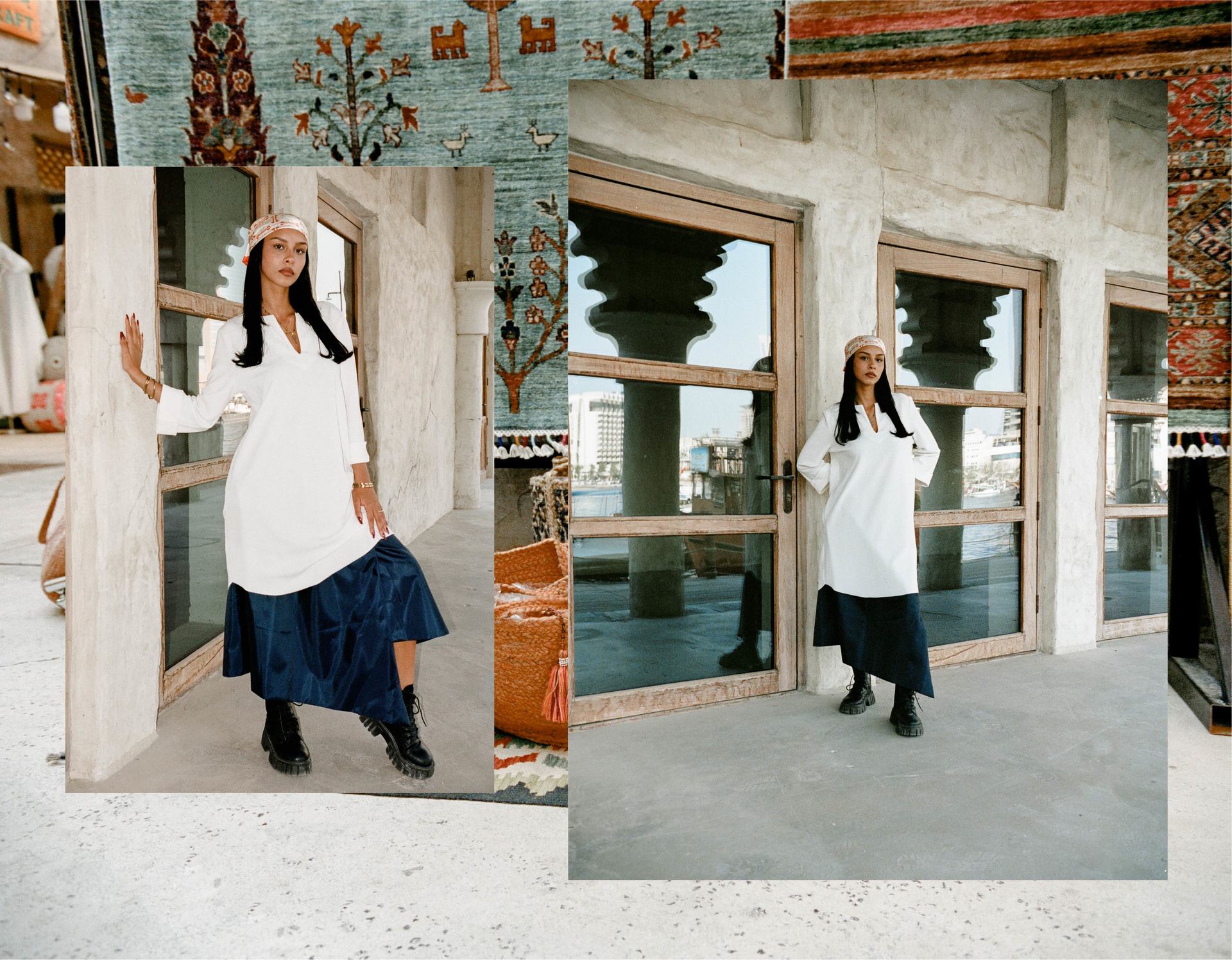
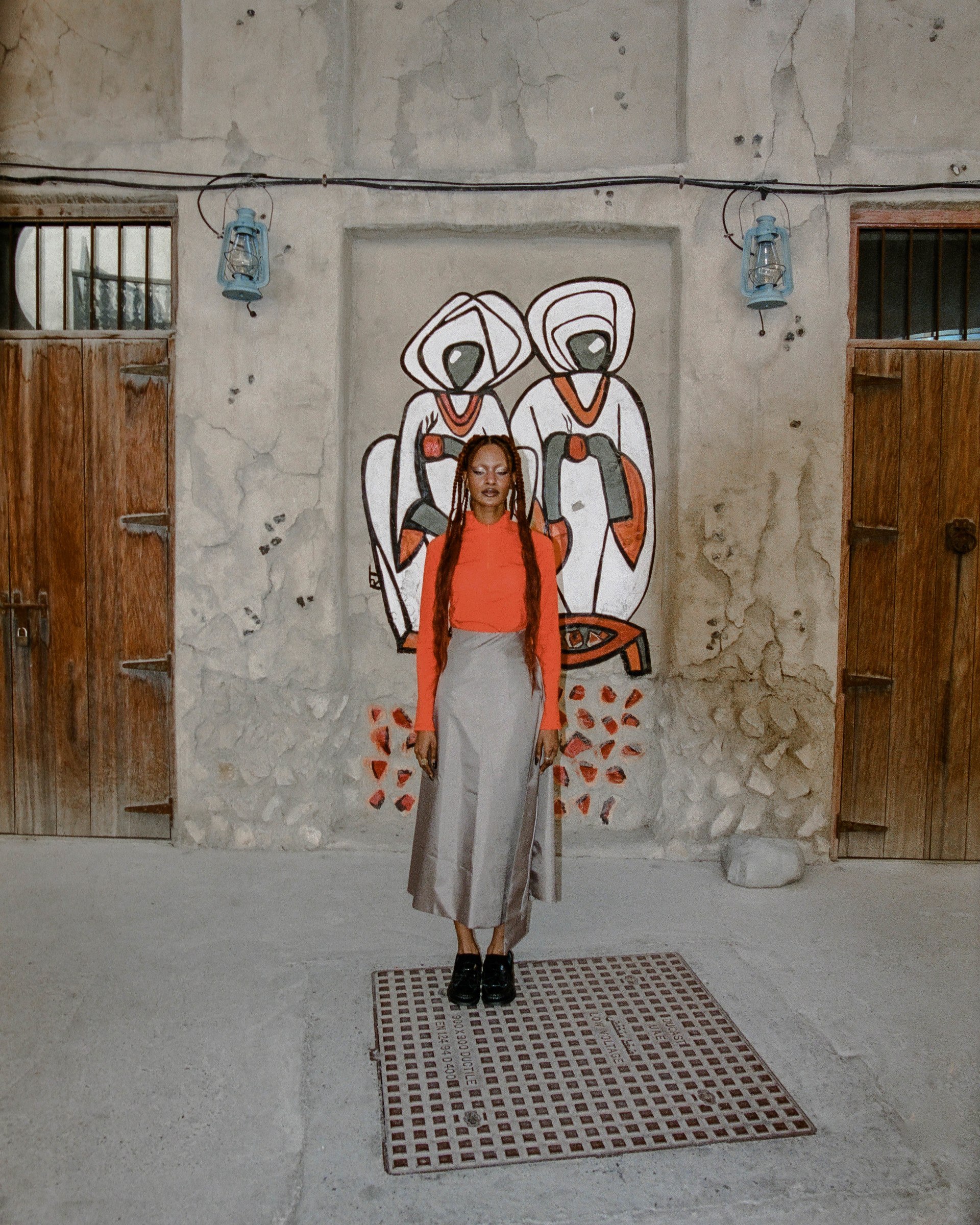

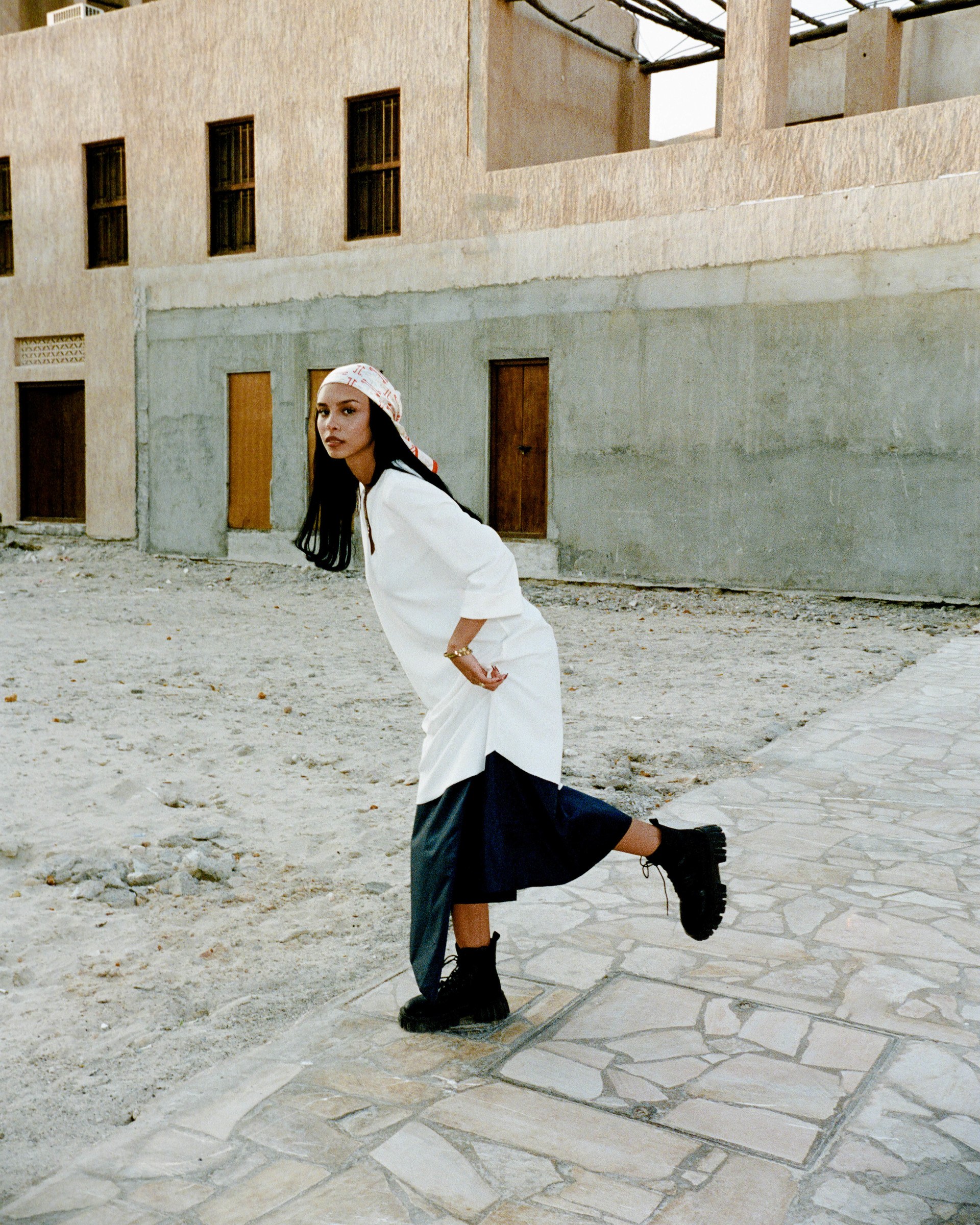
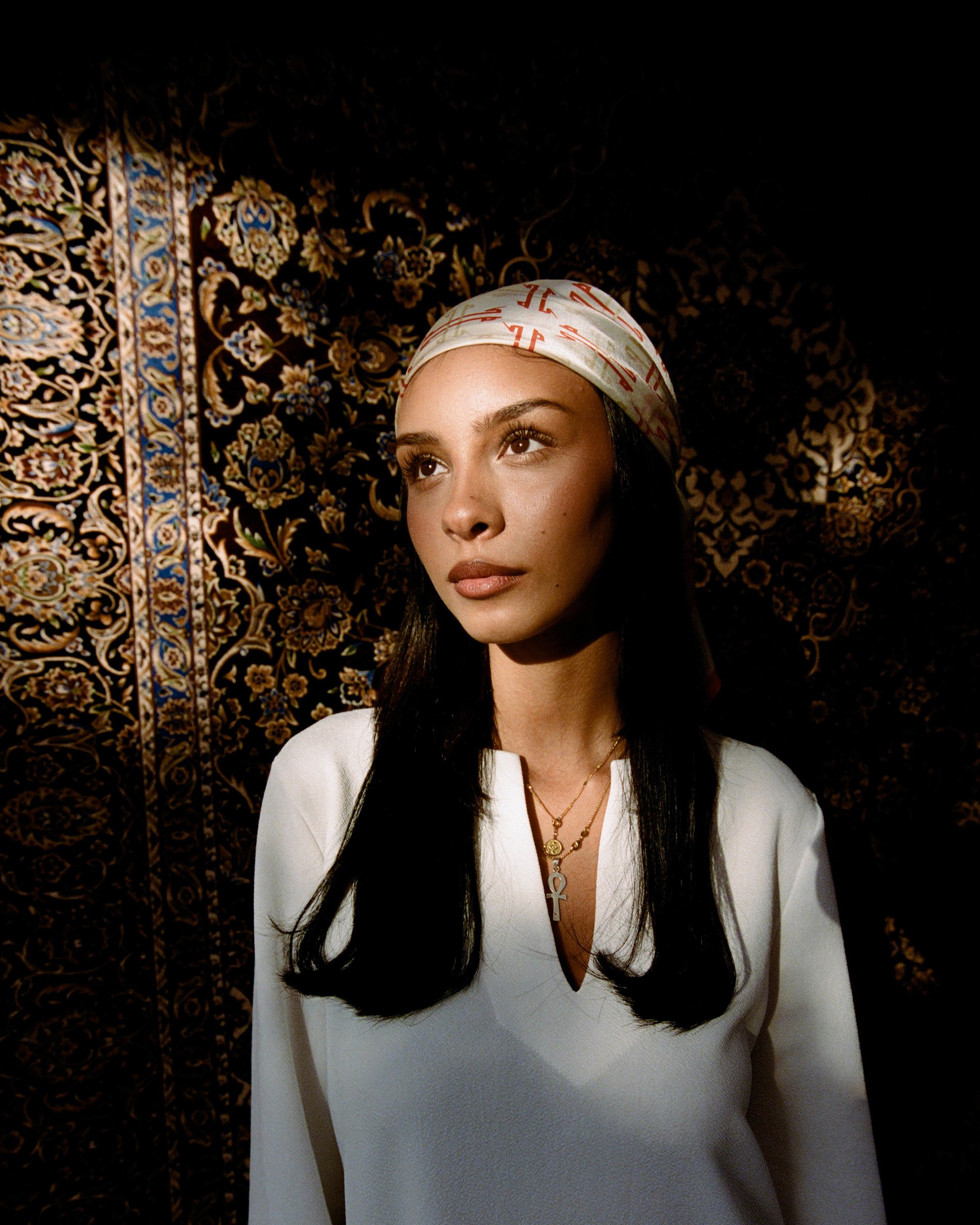
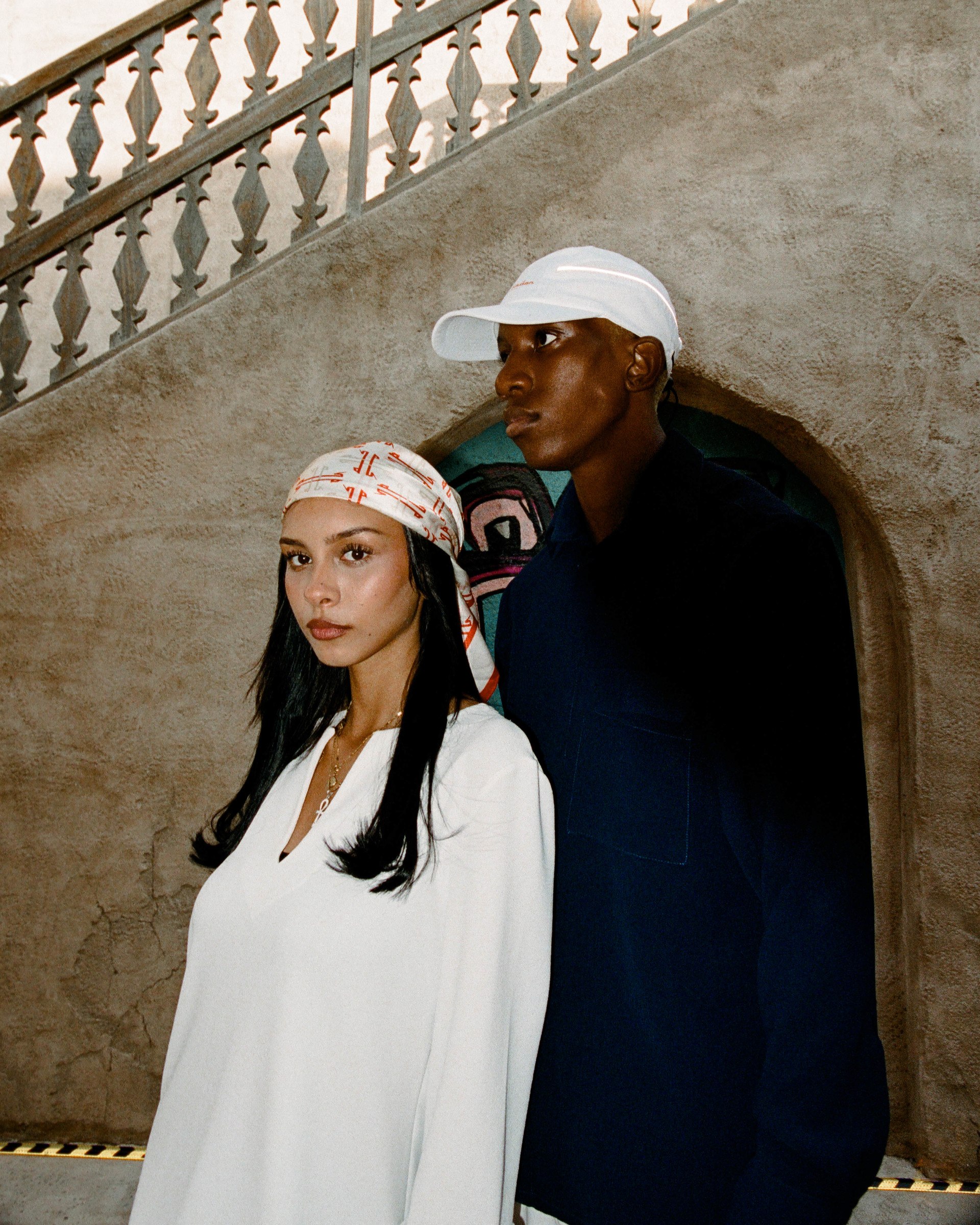
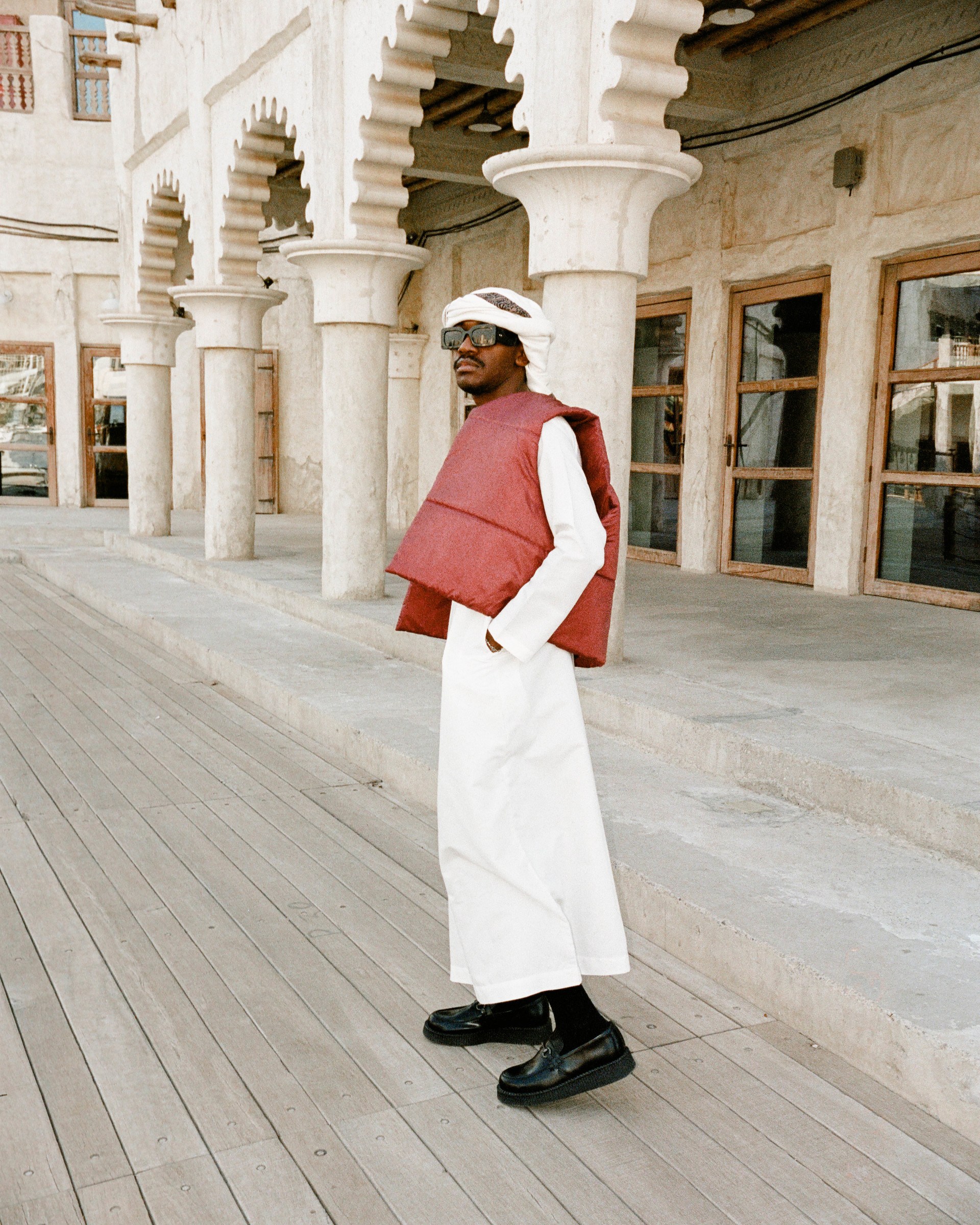
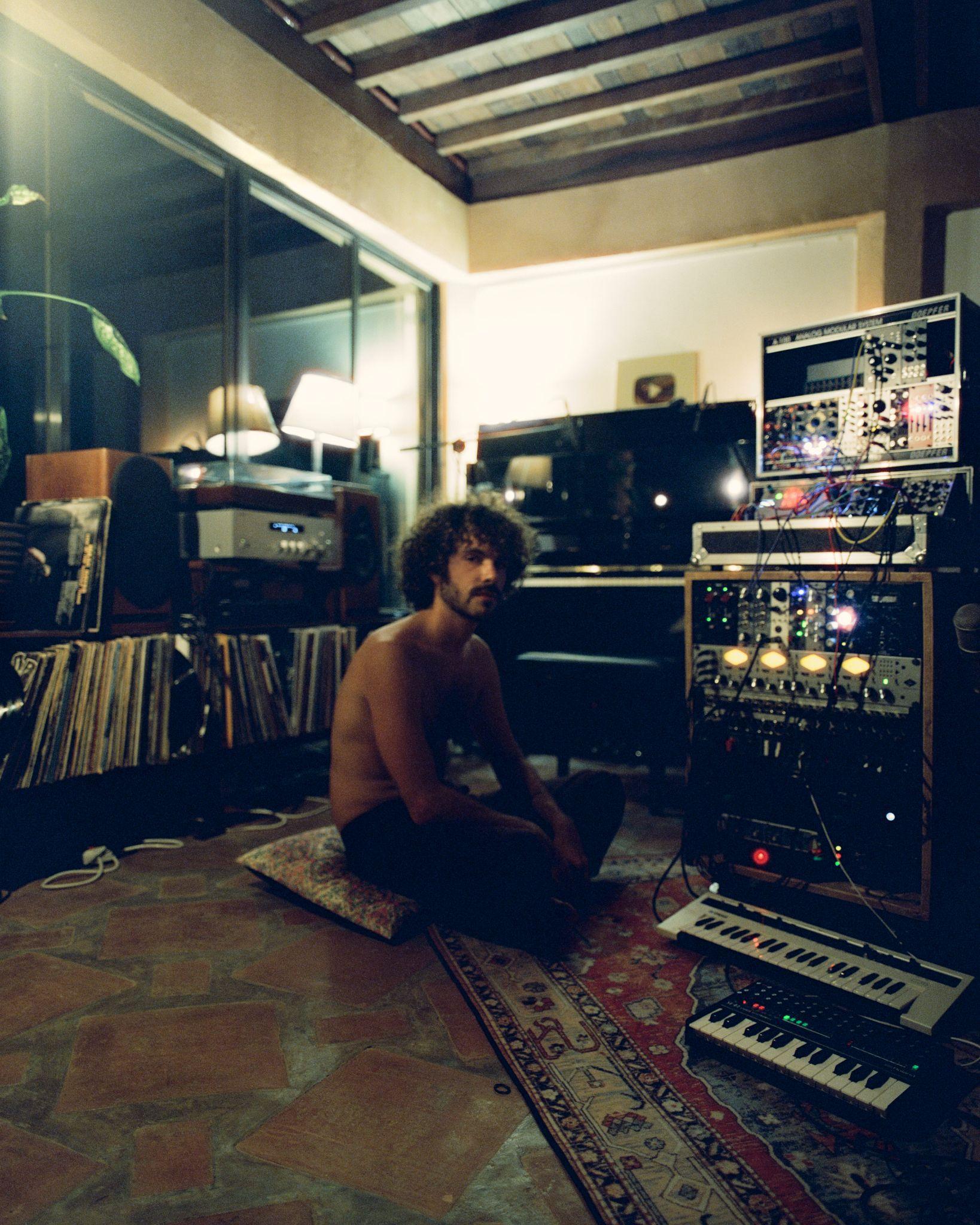
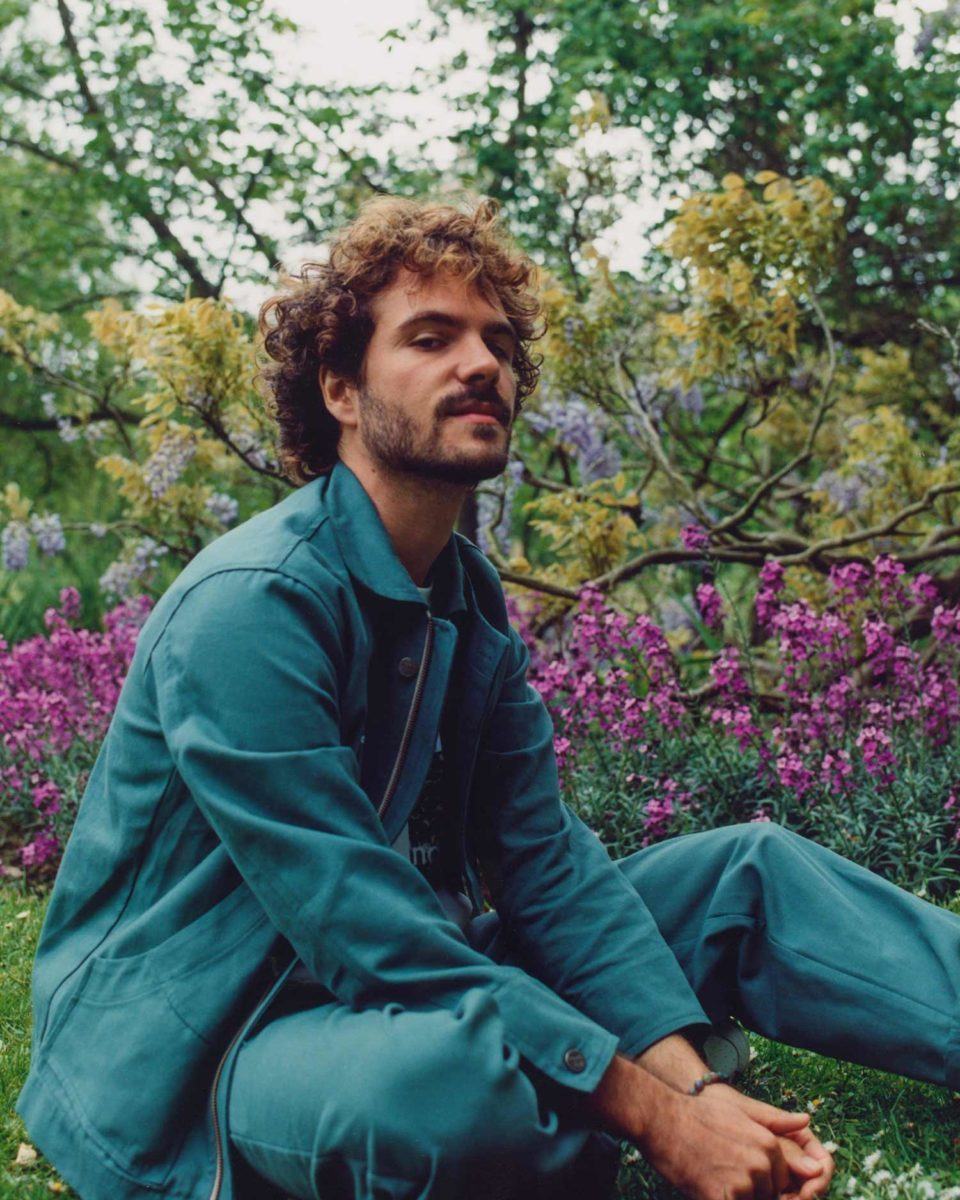

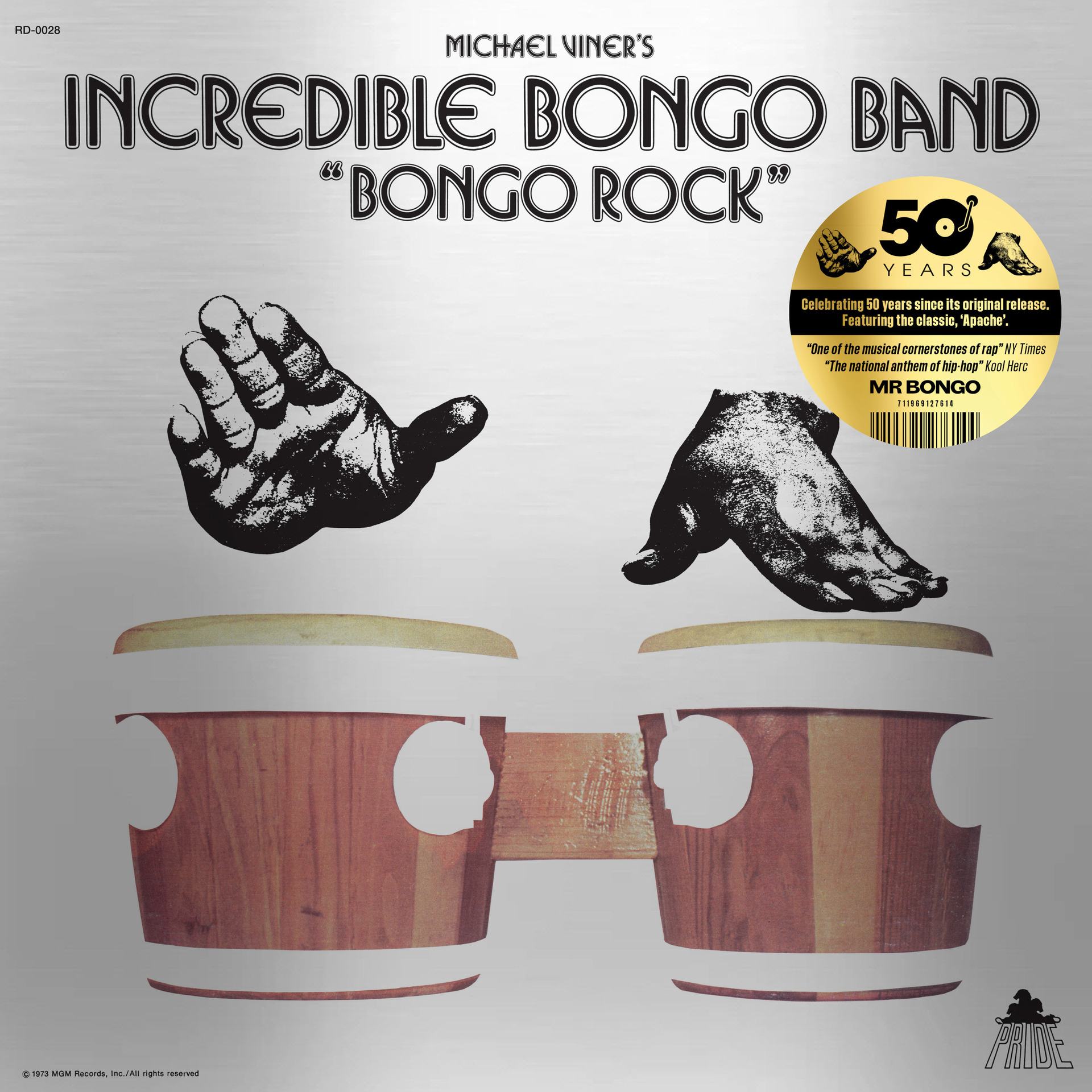
Recent Comments